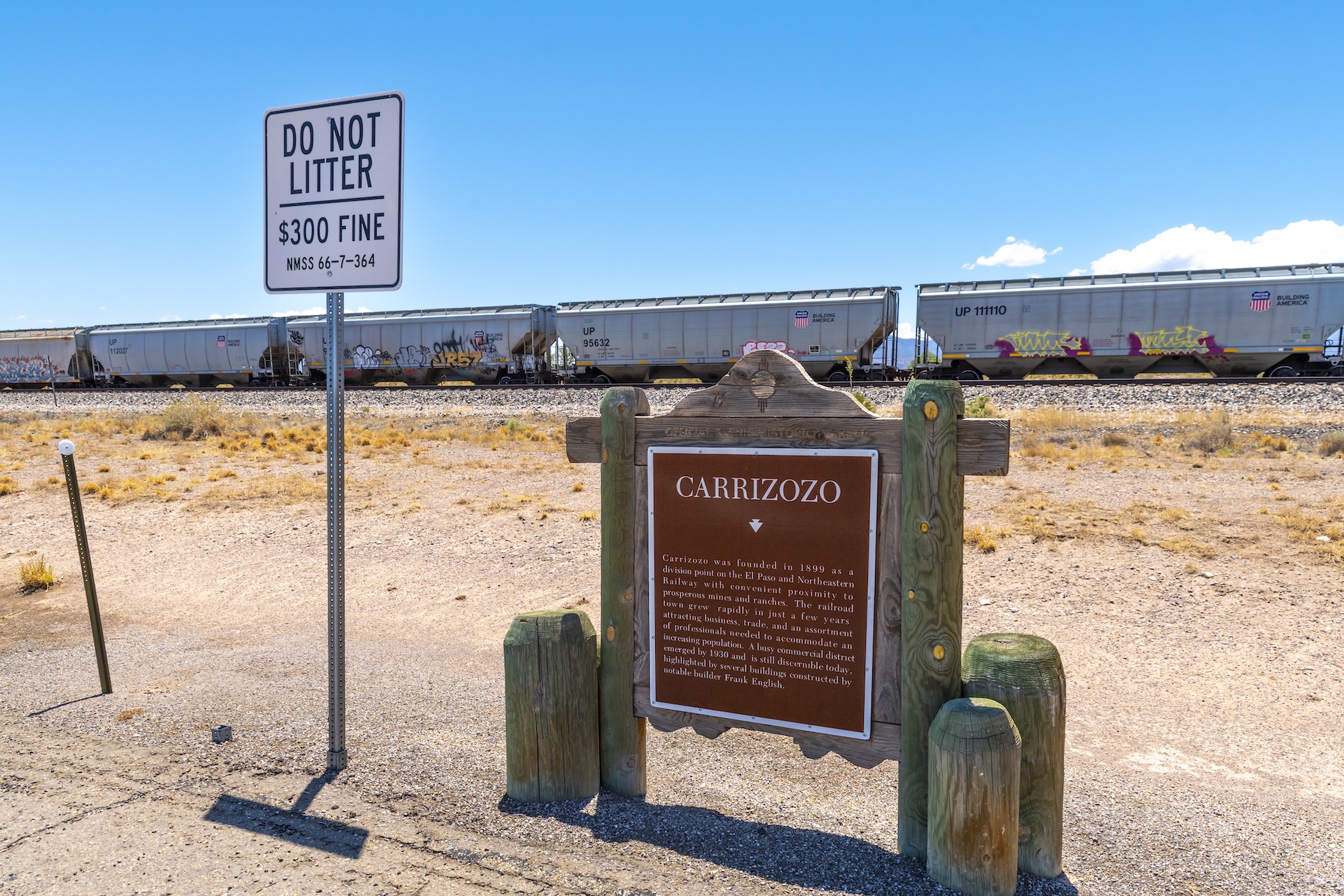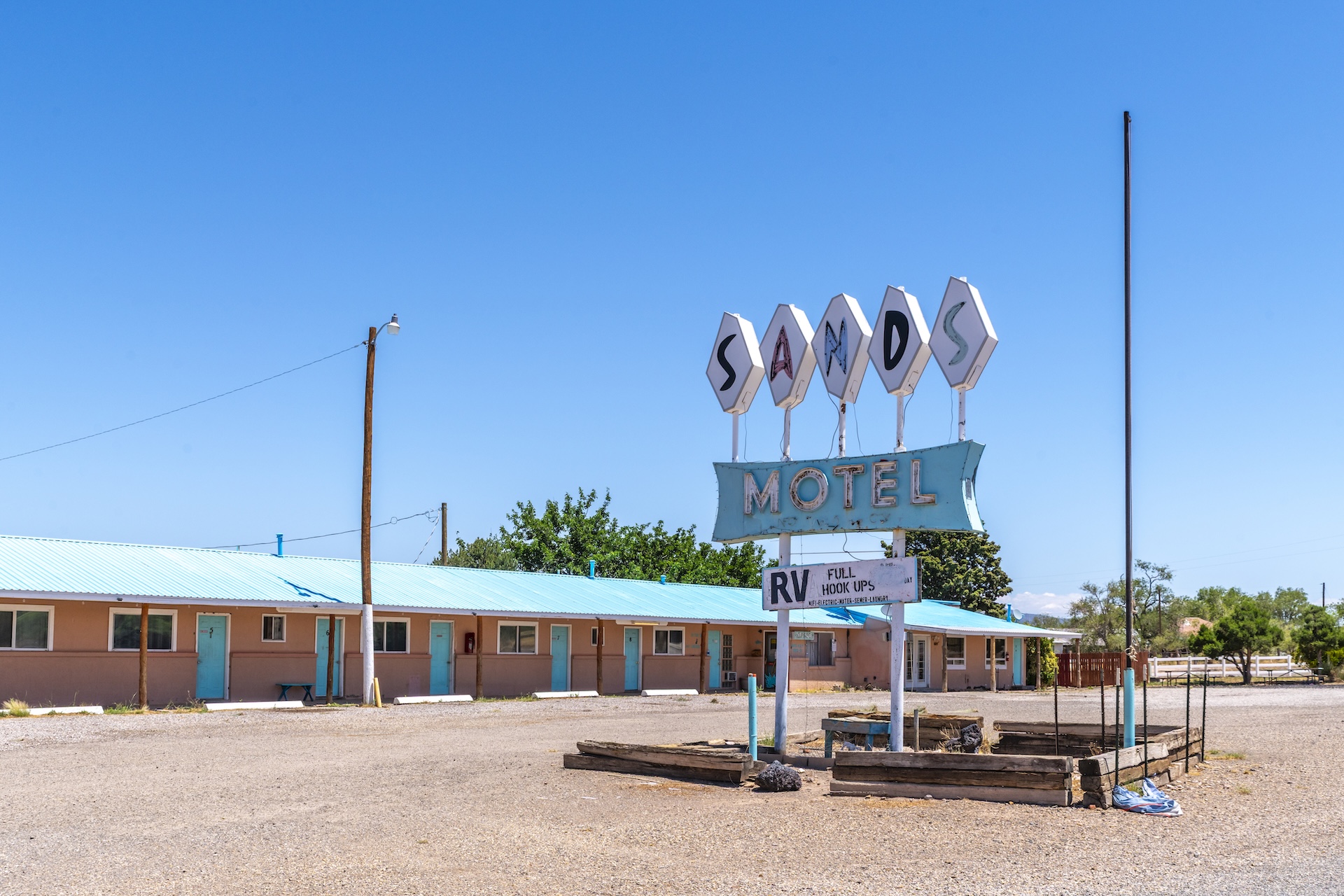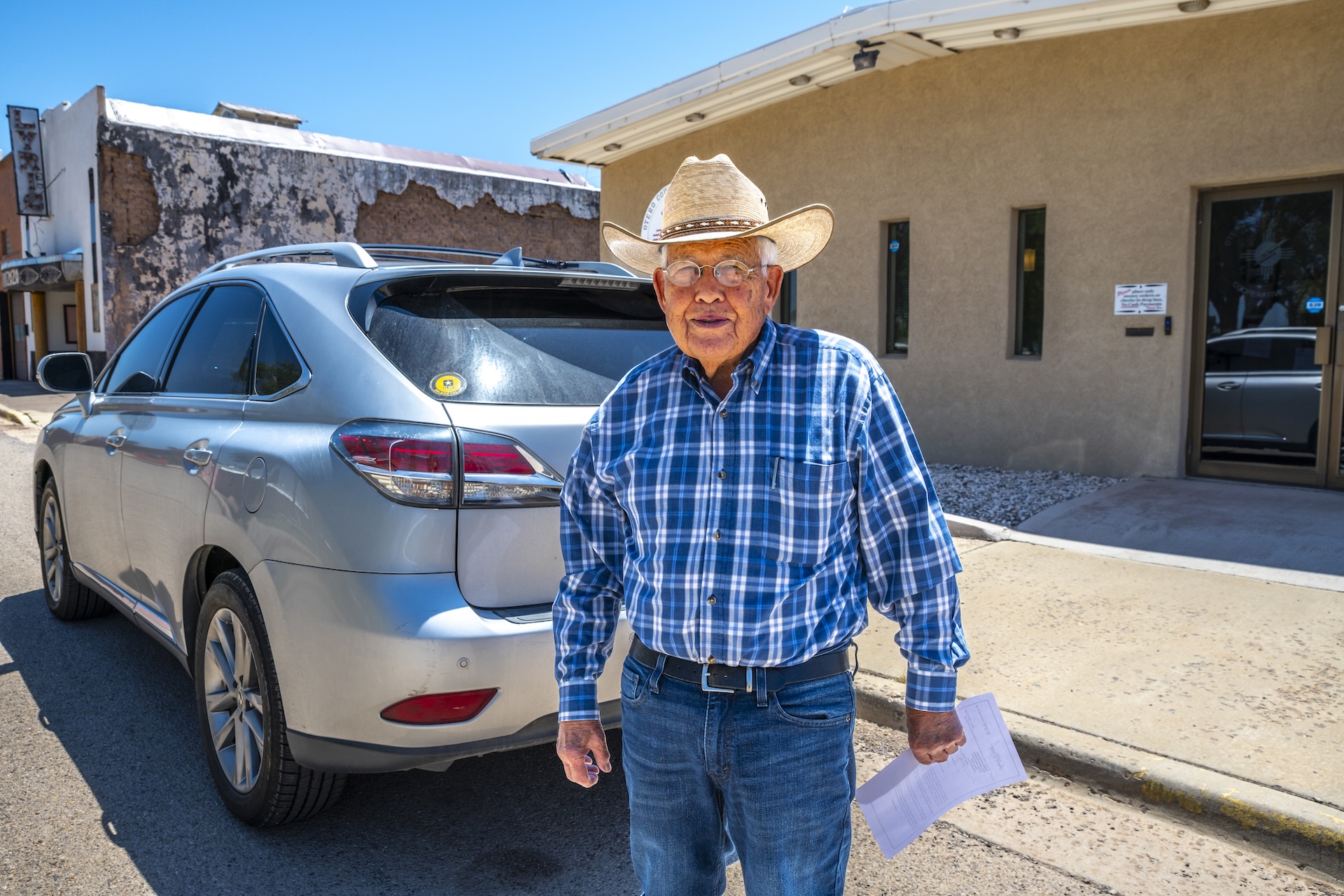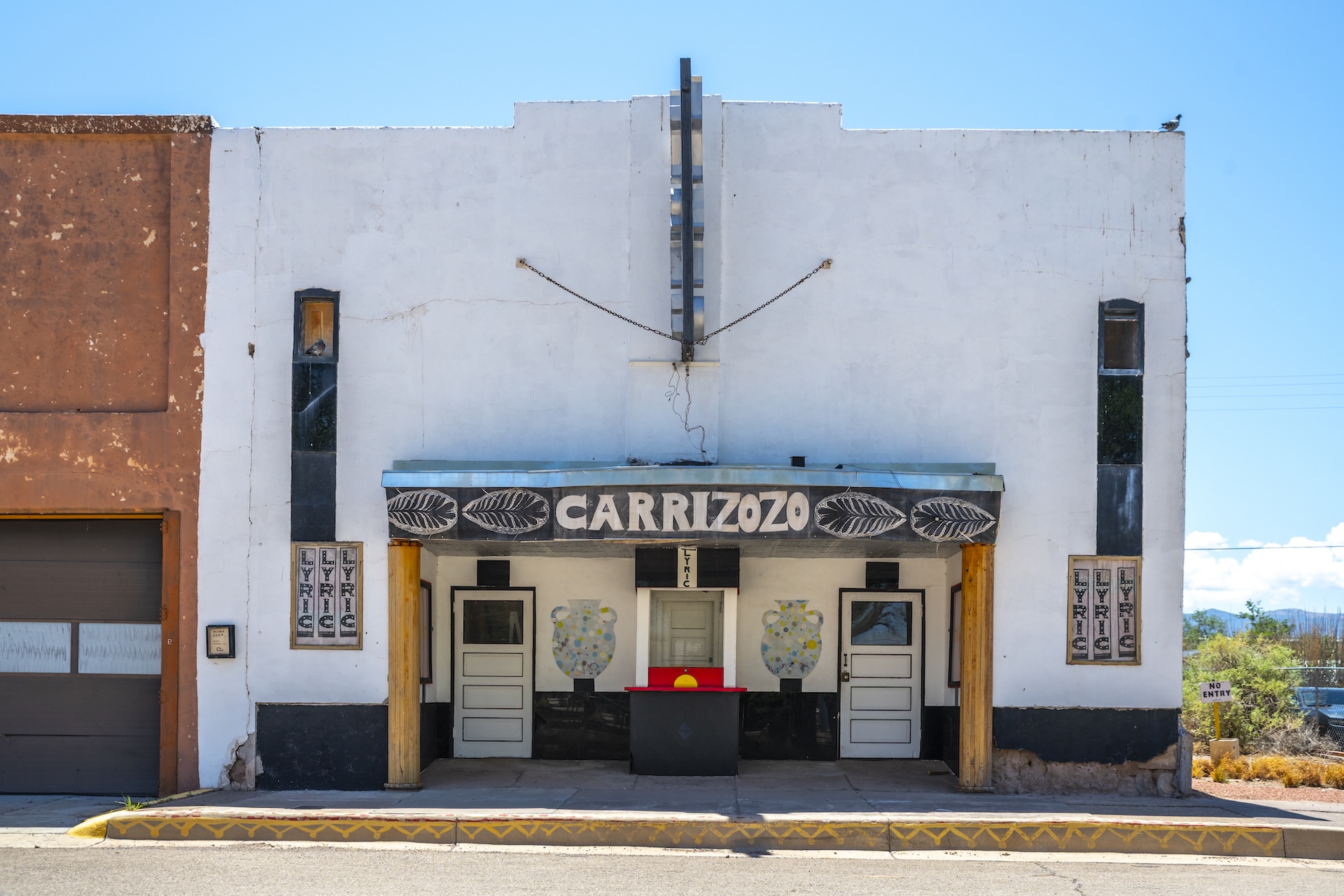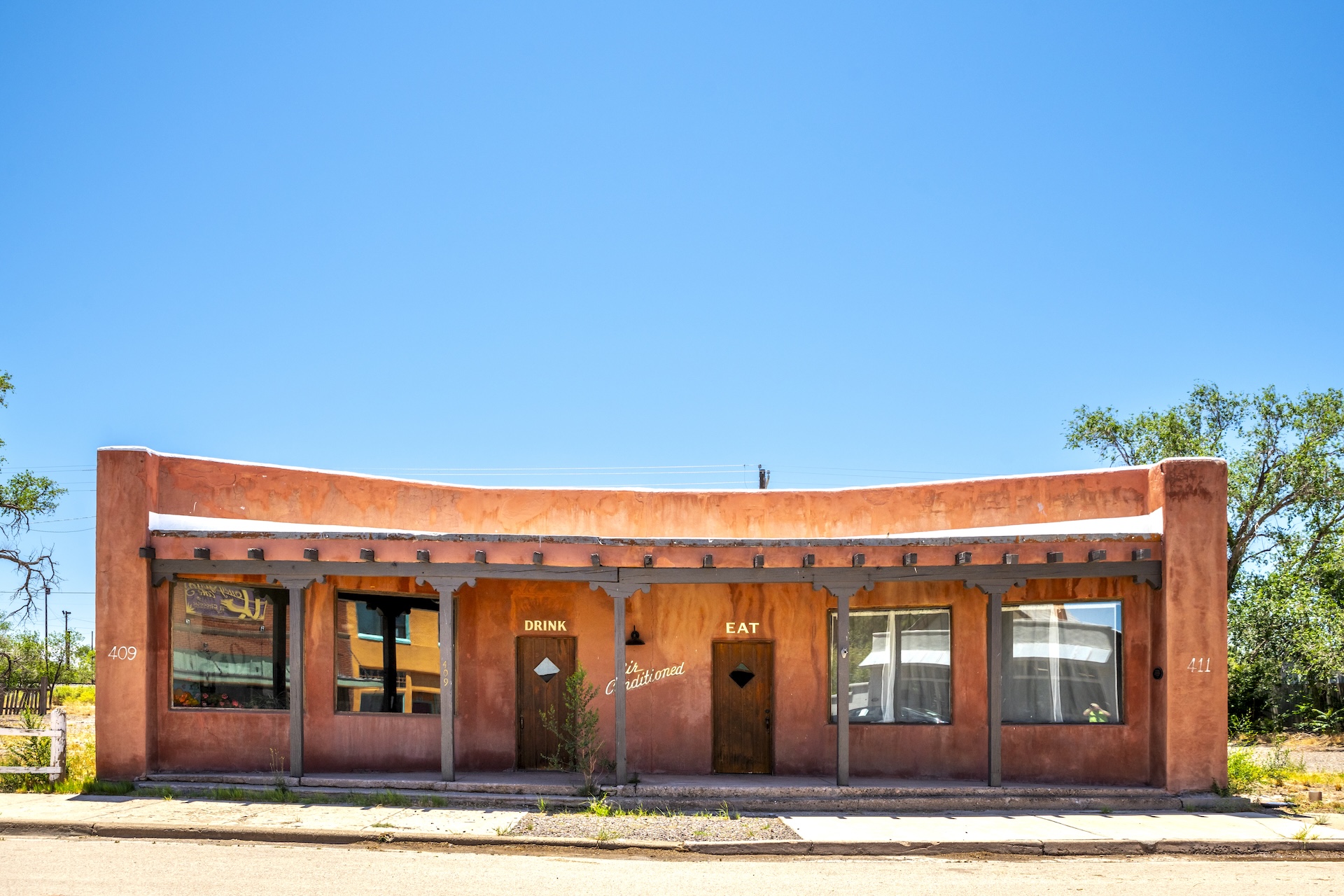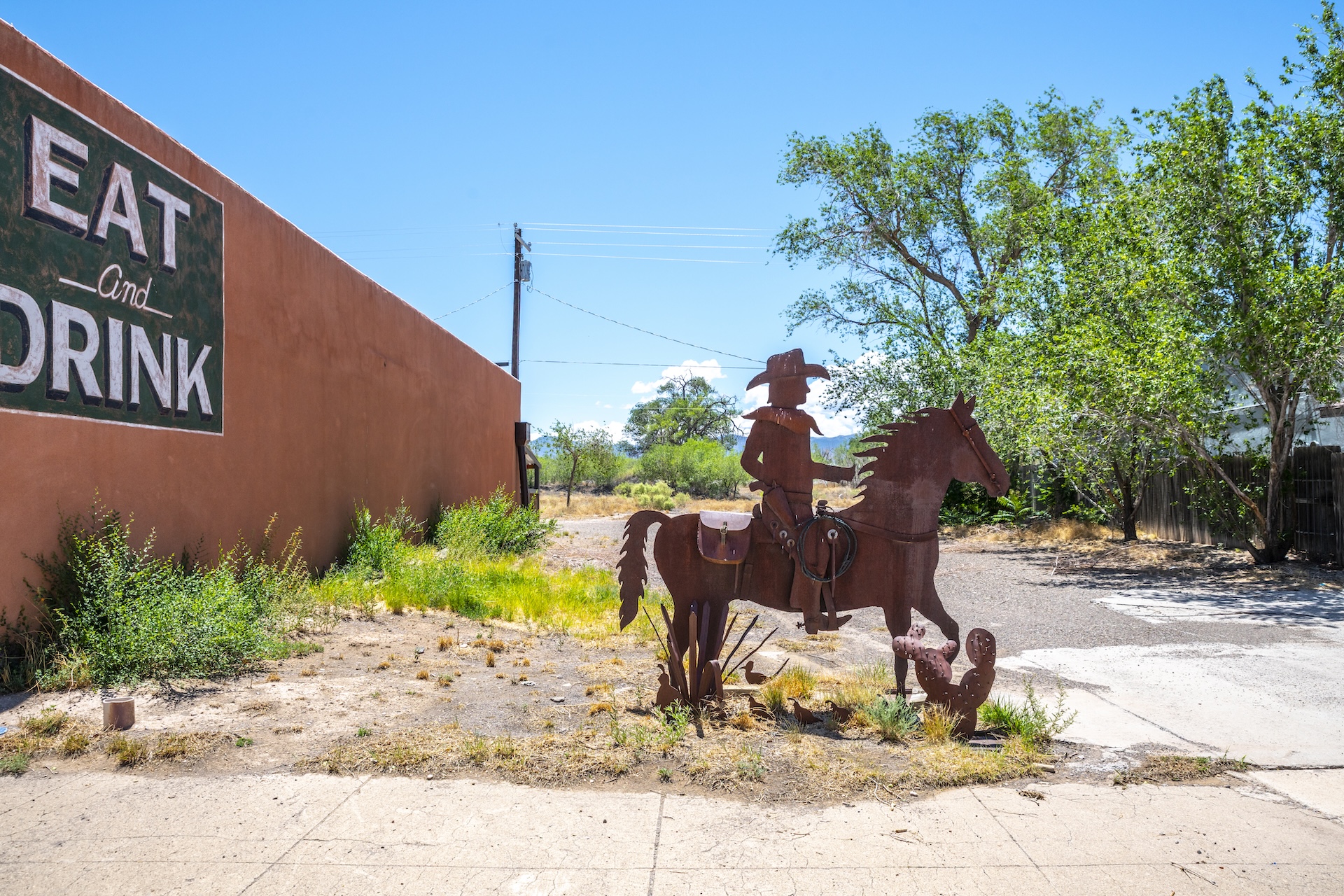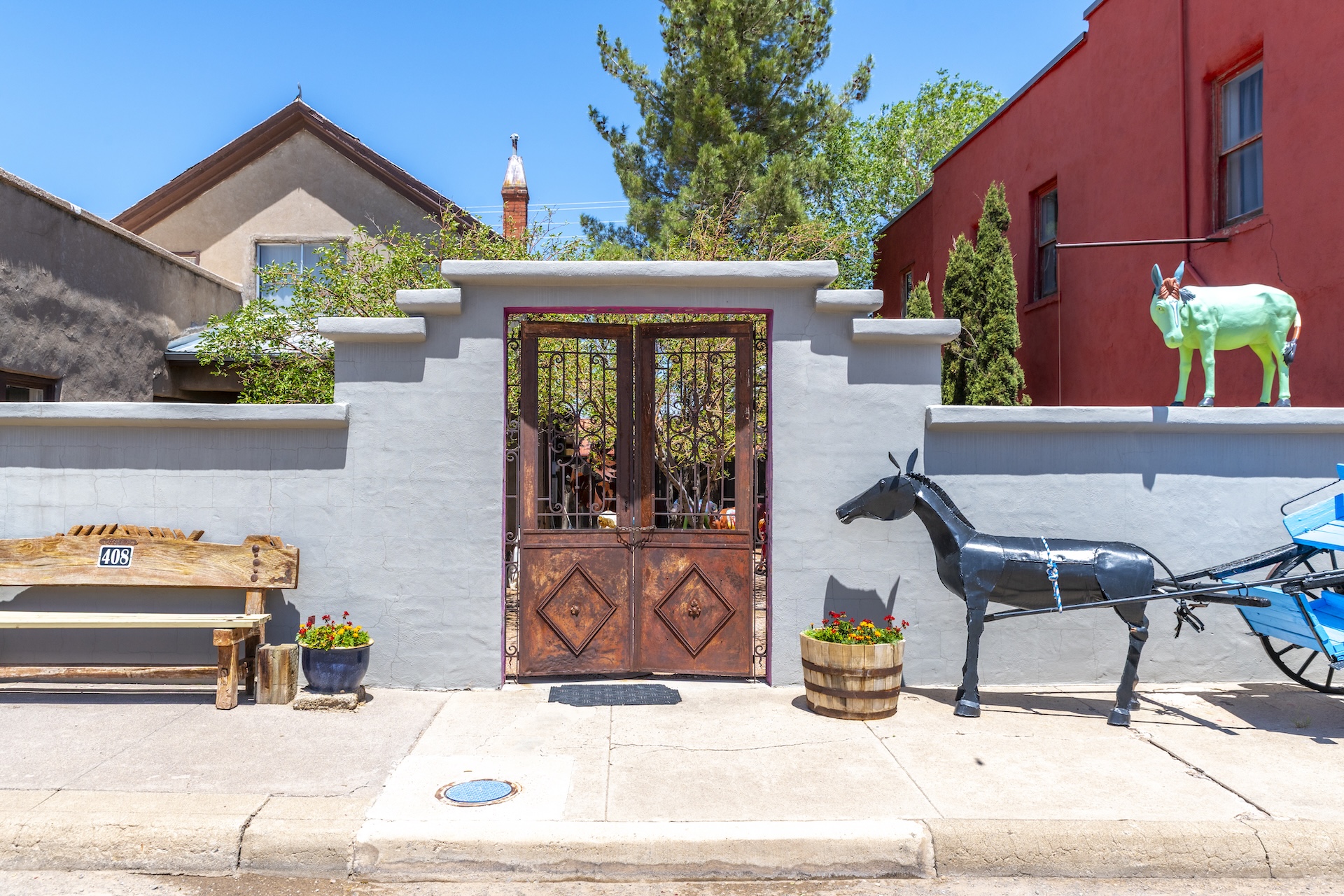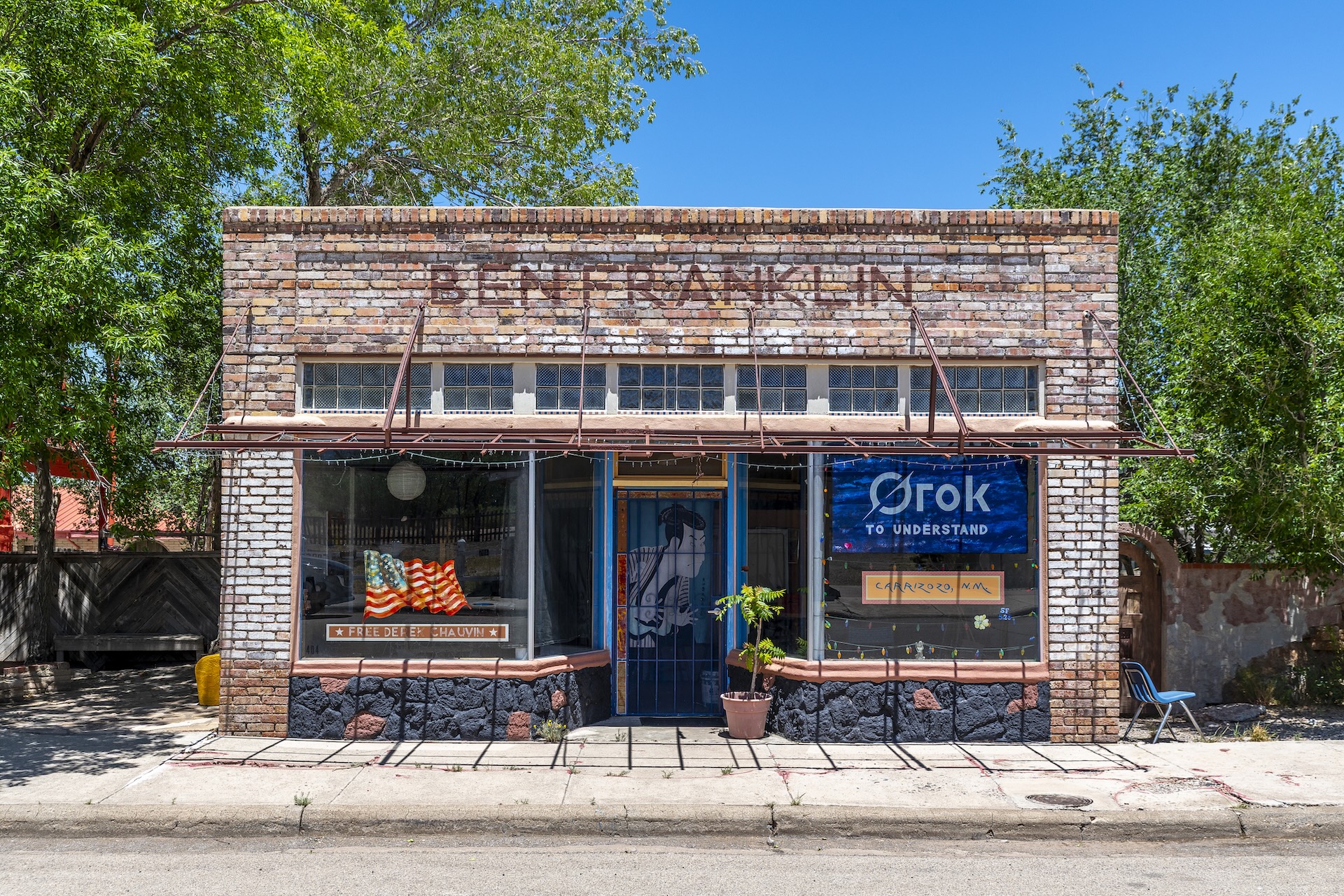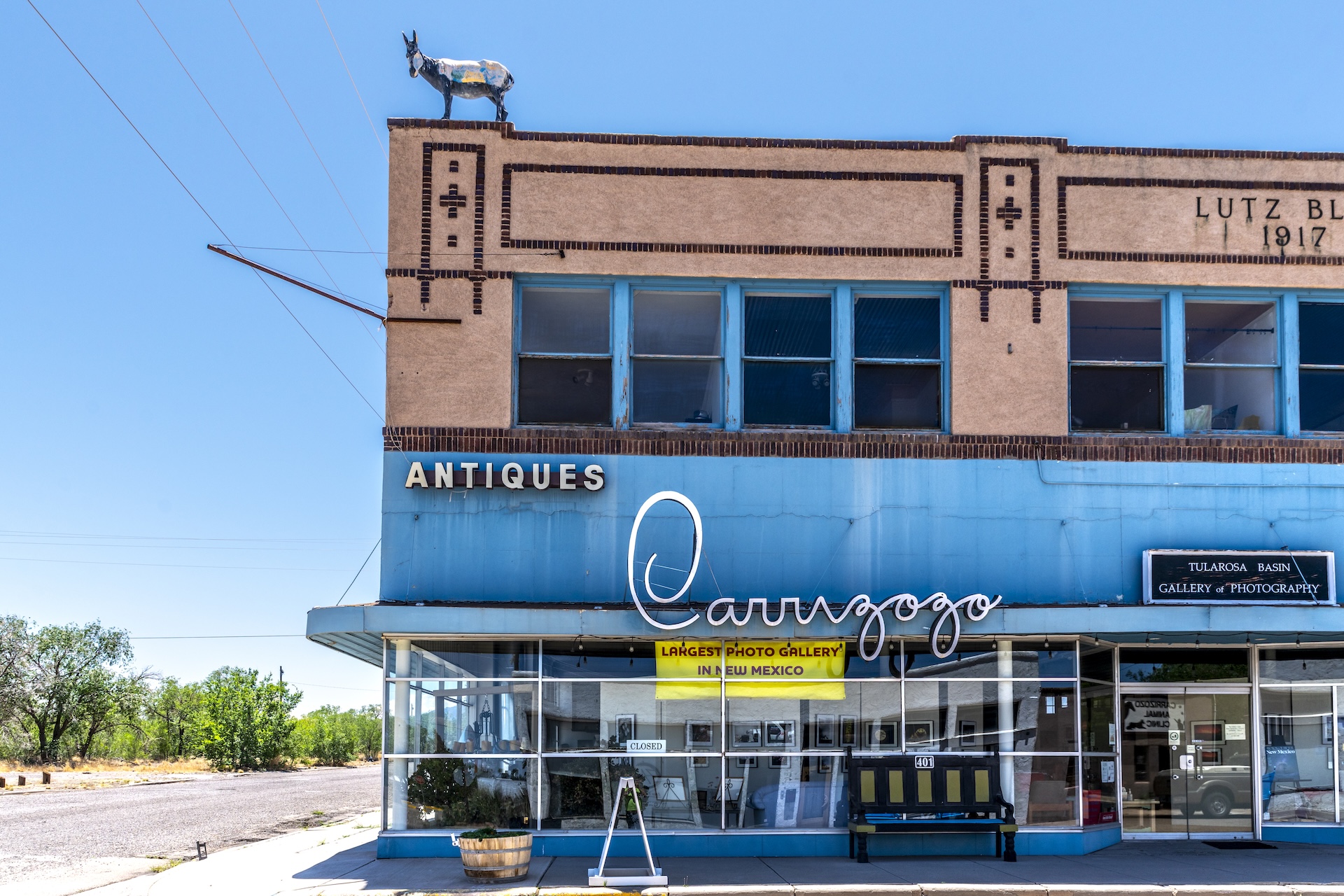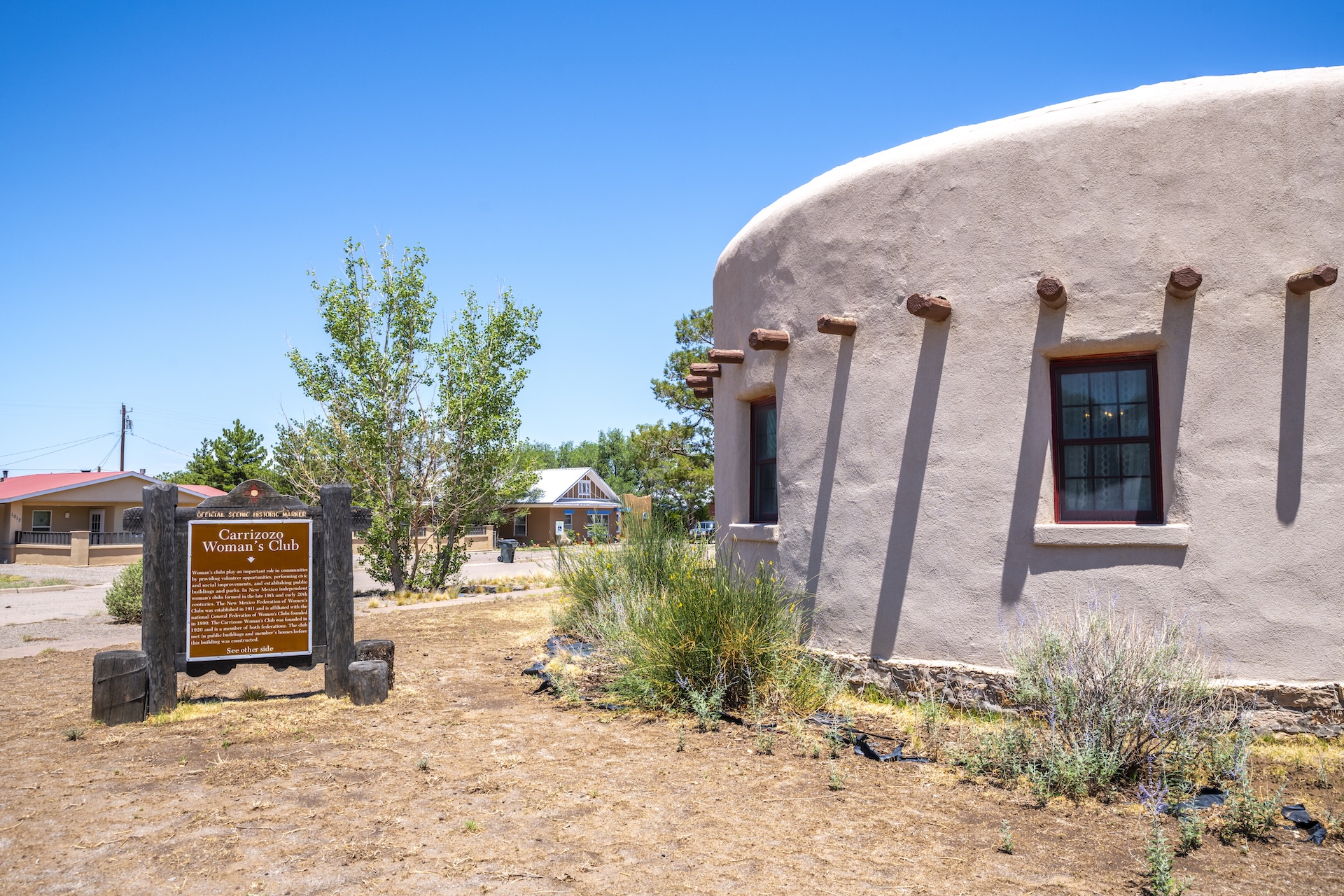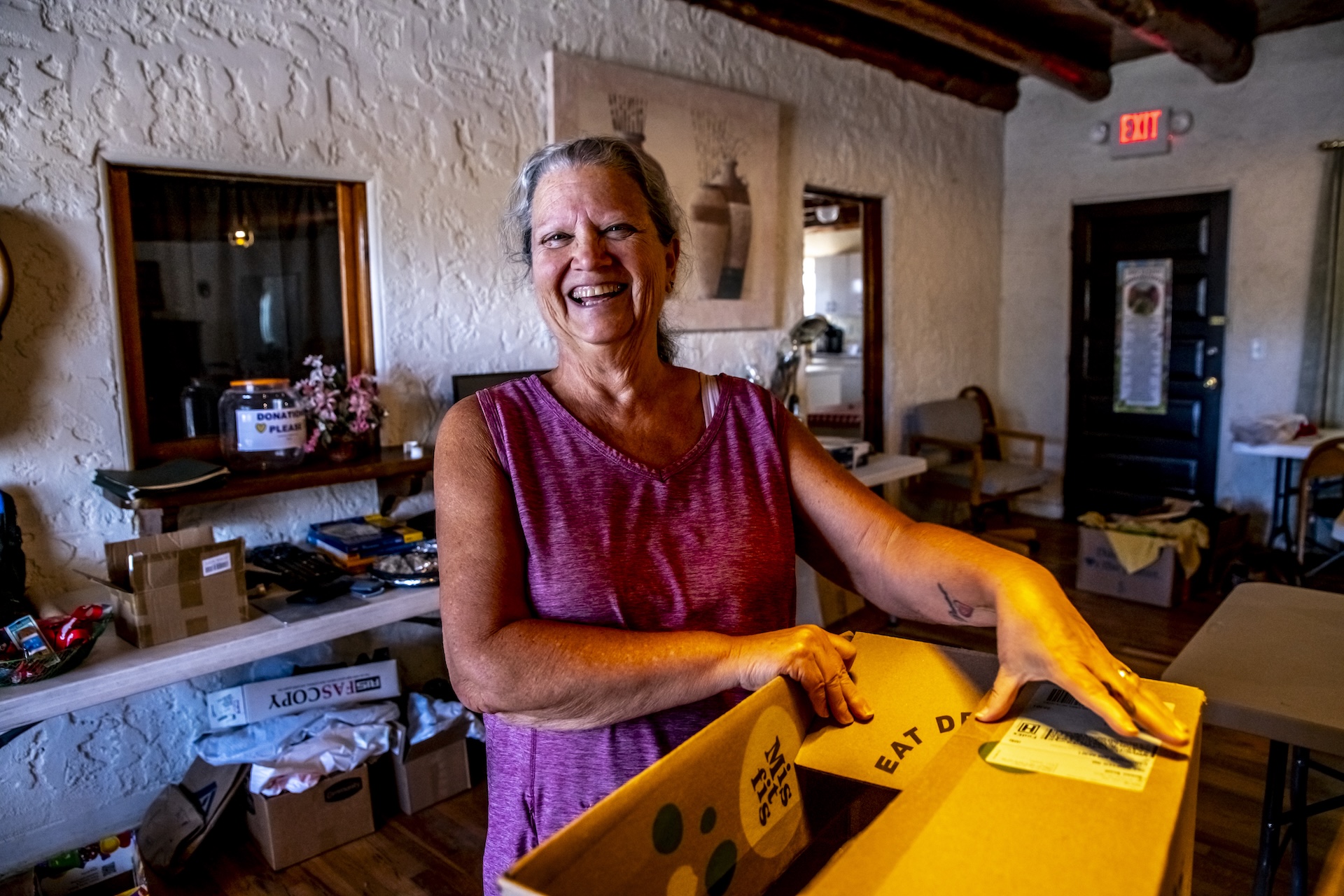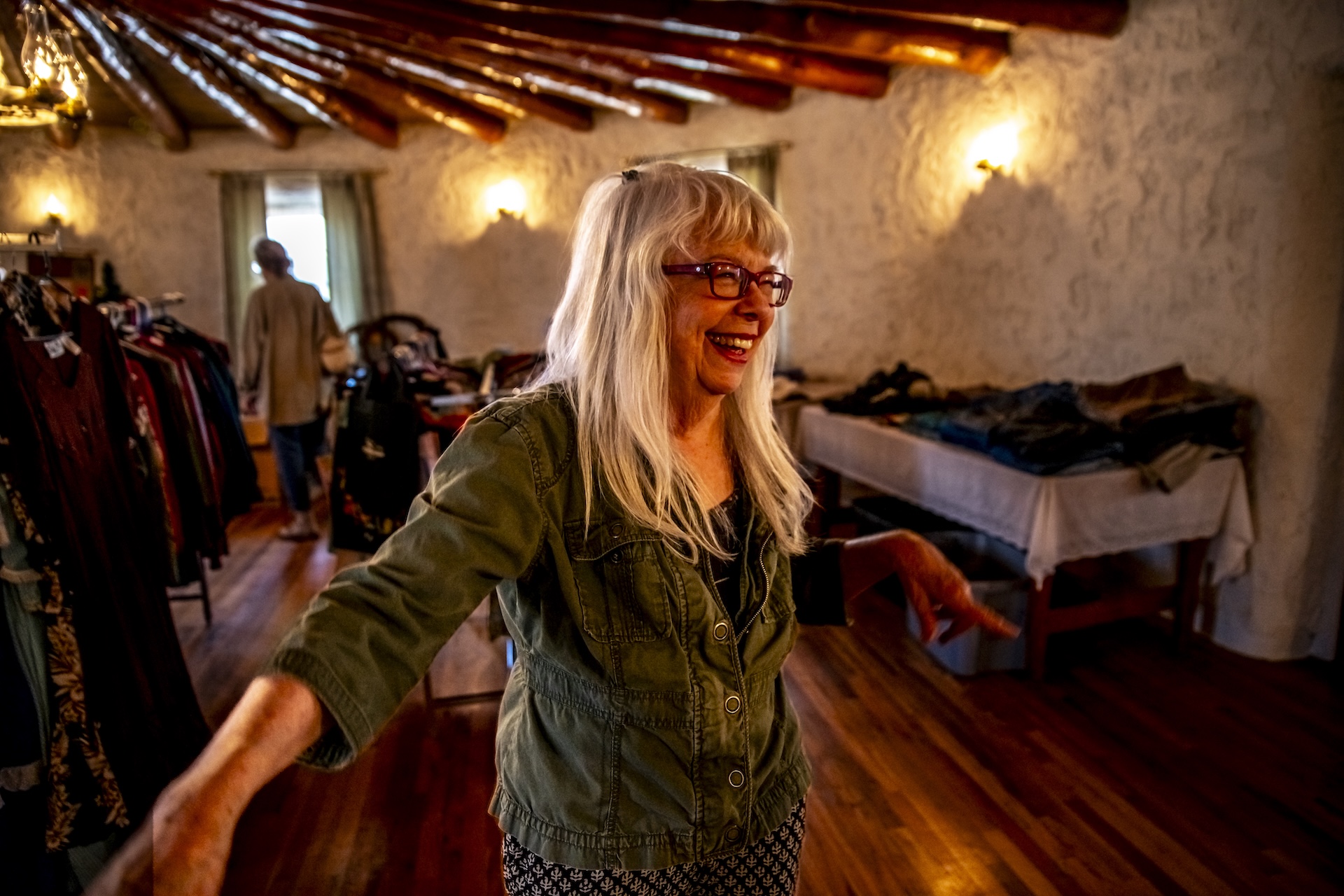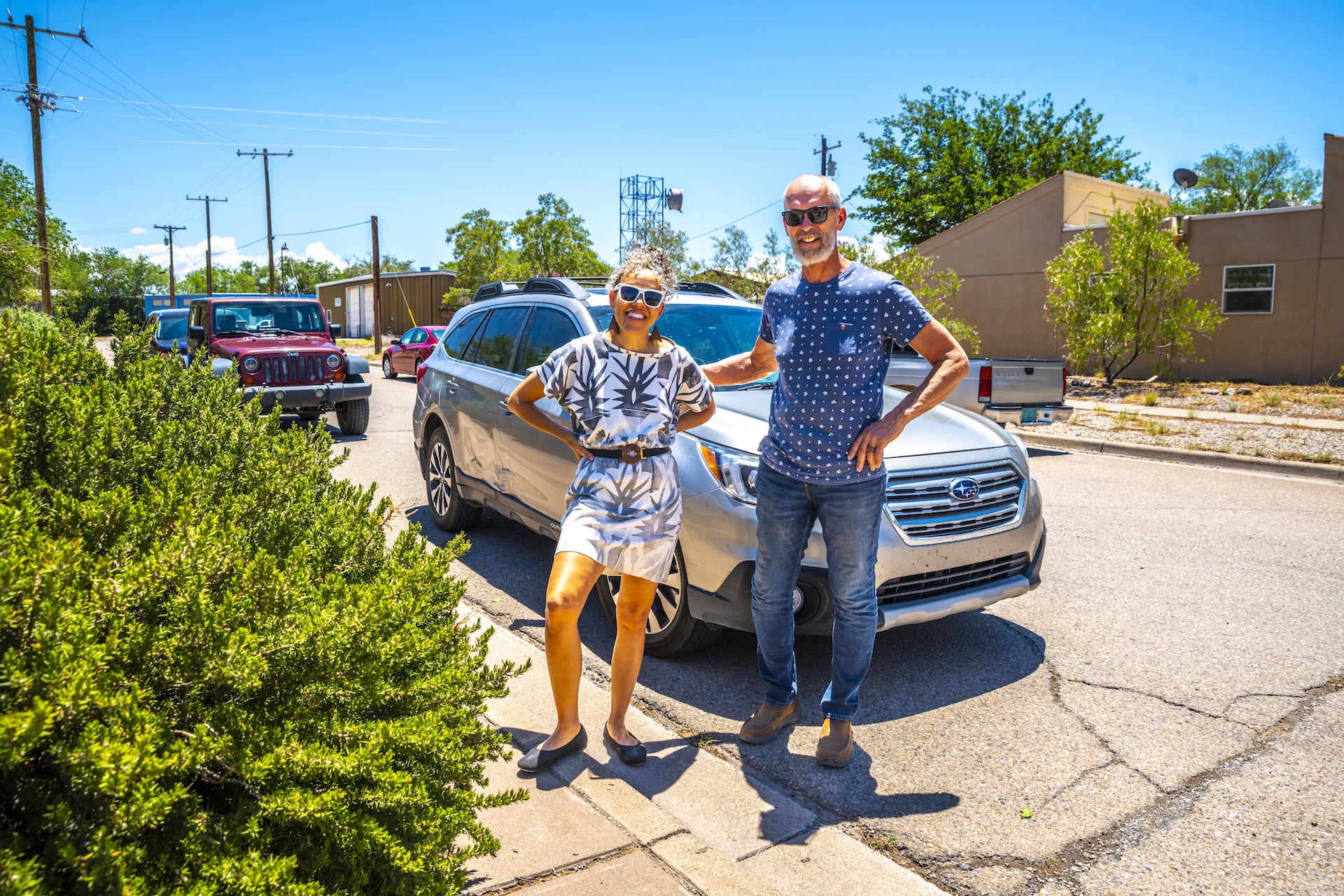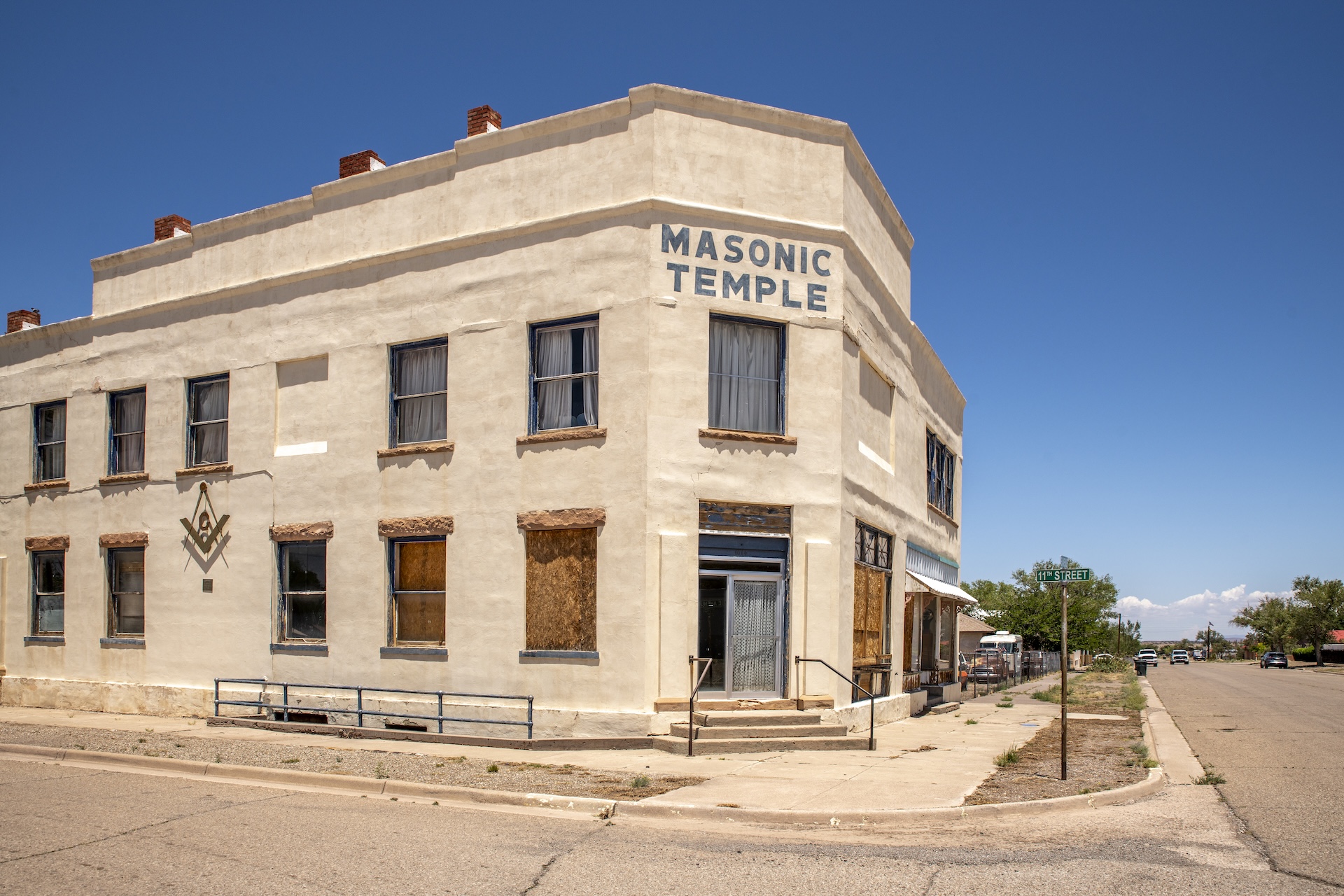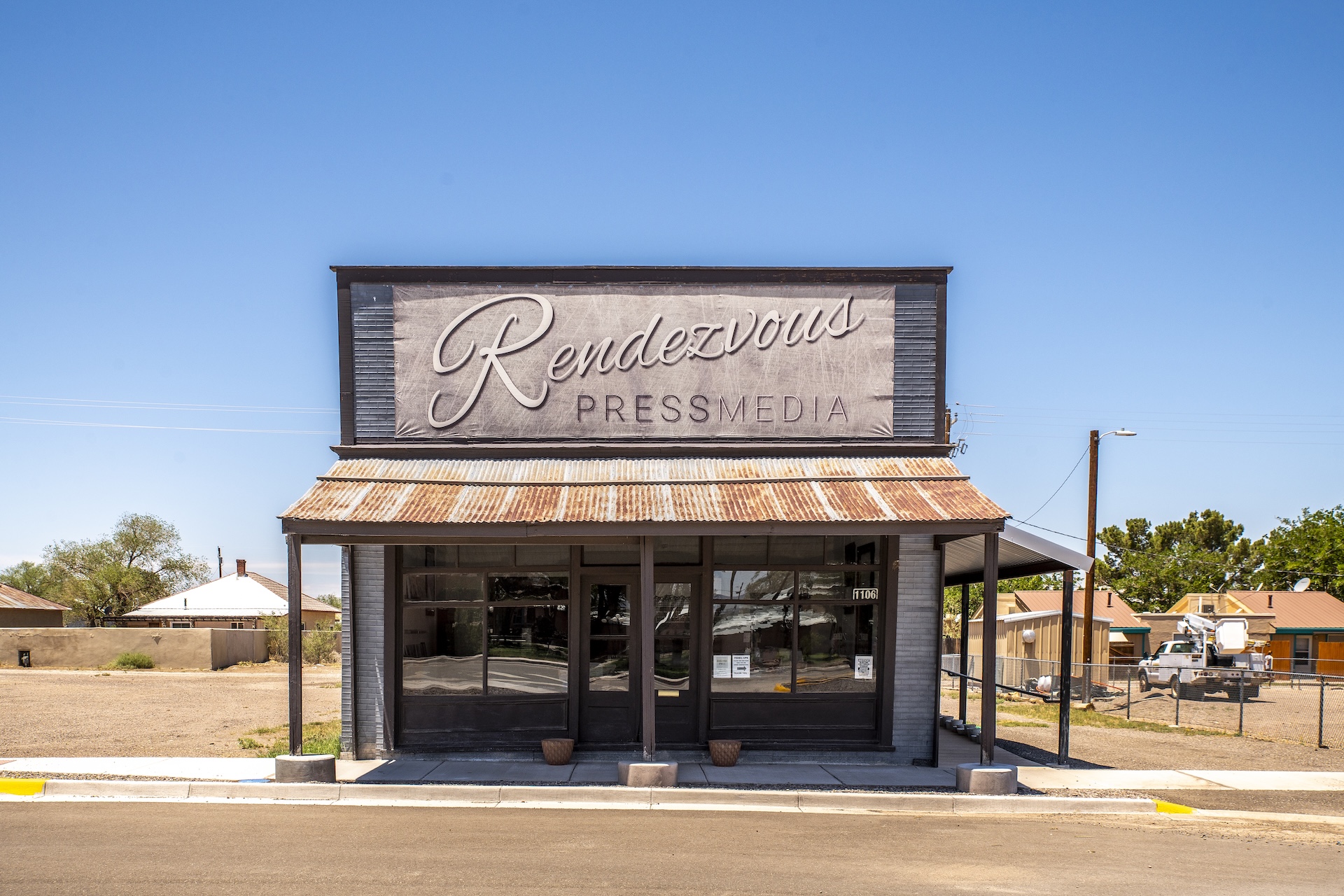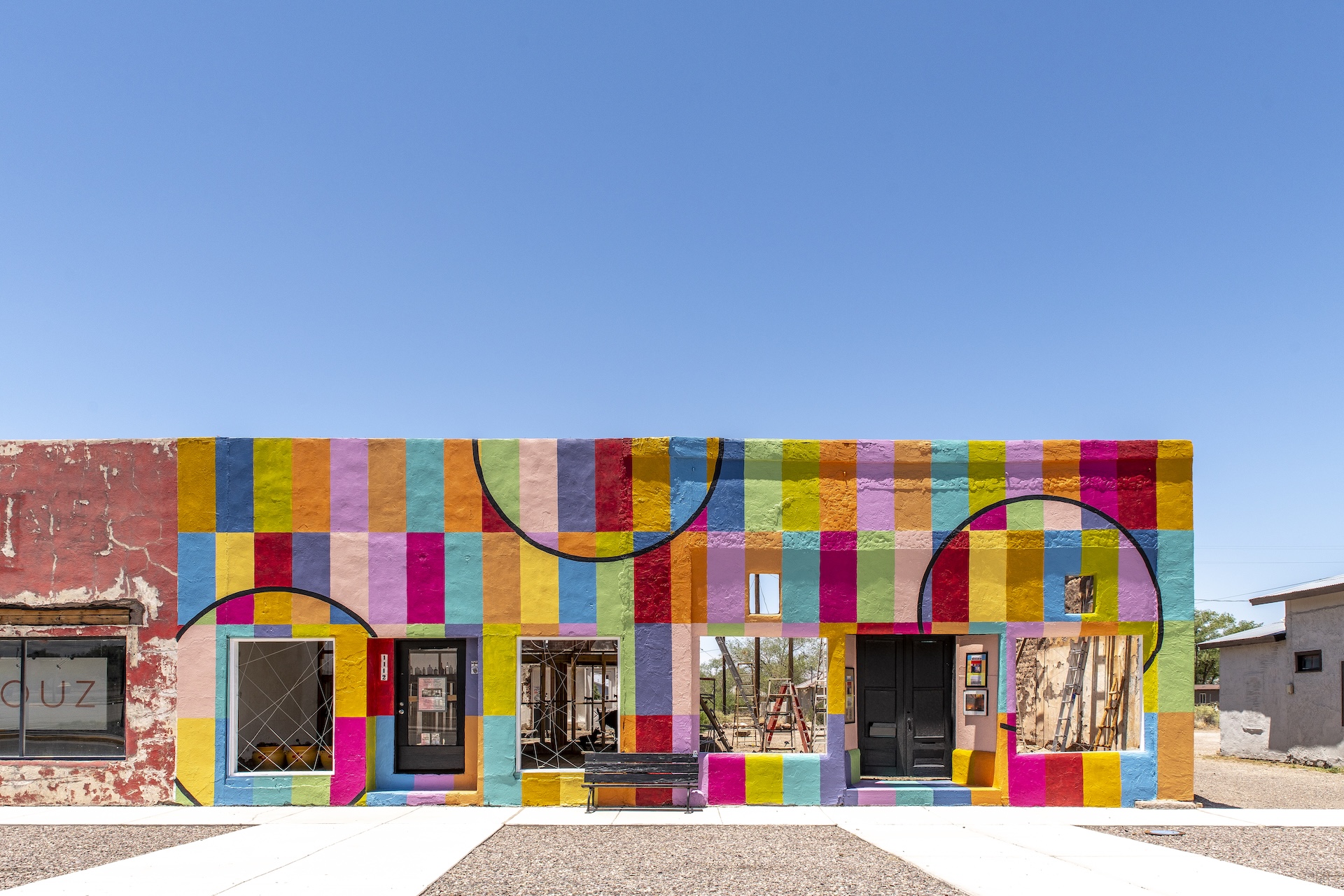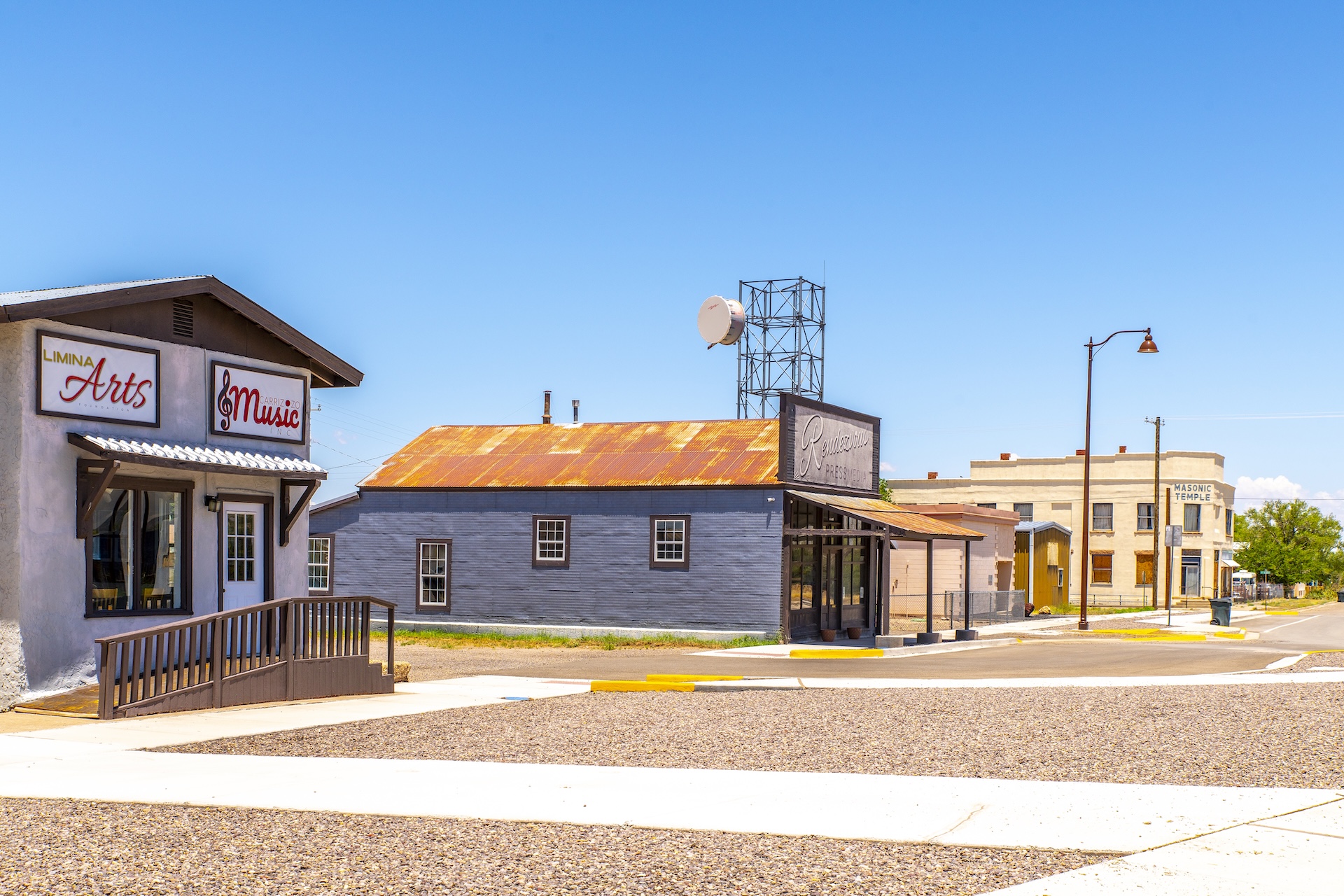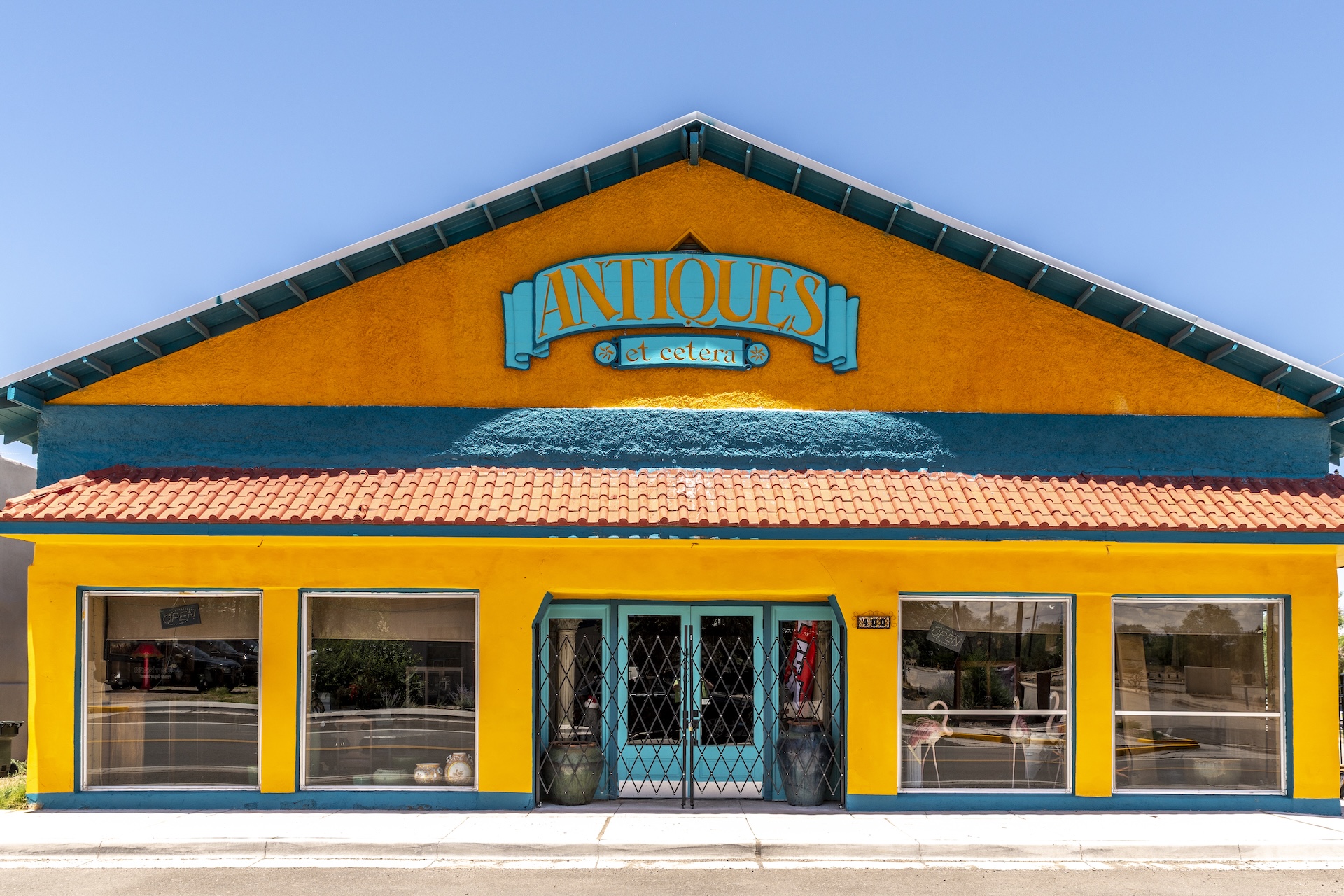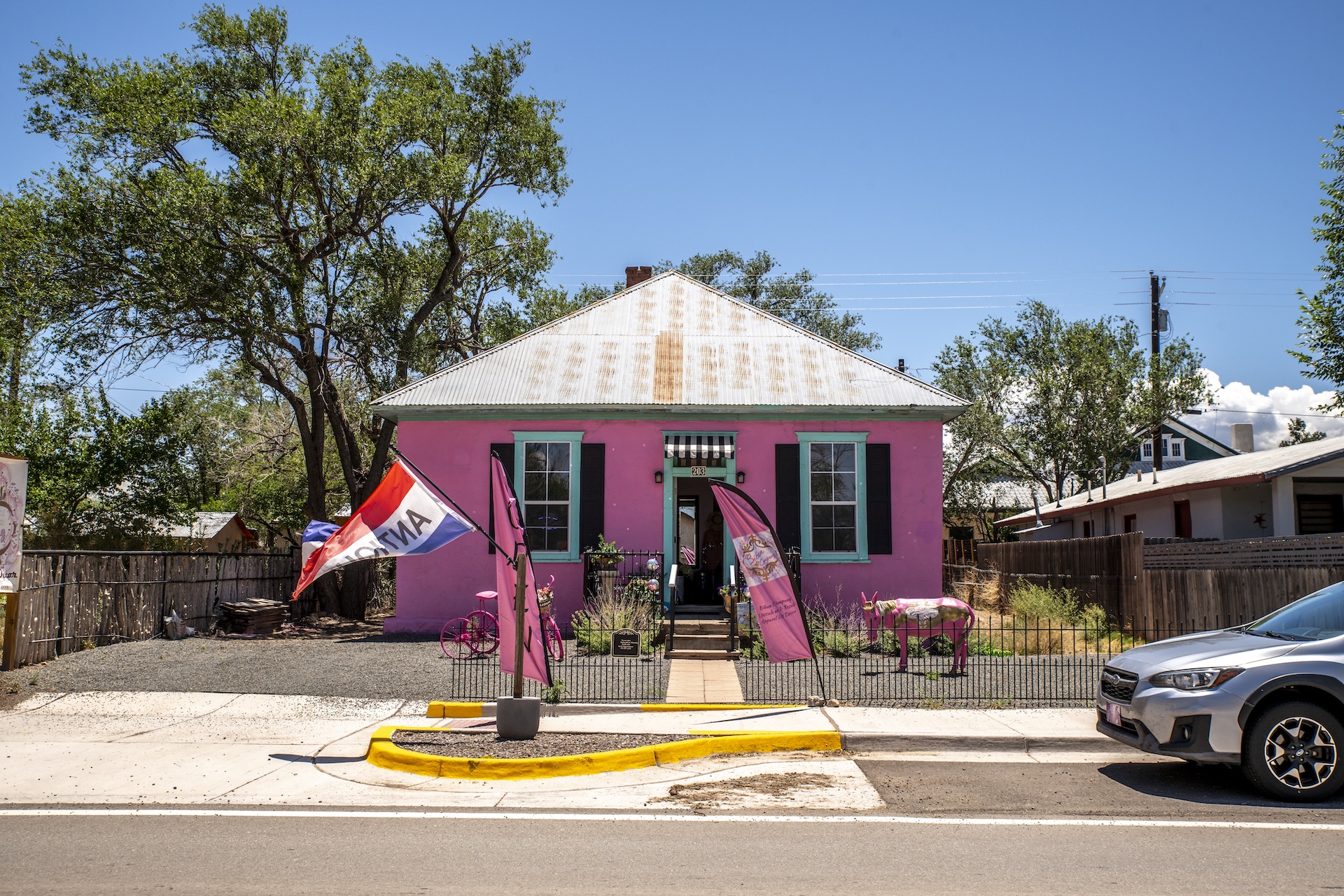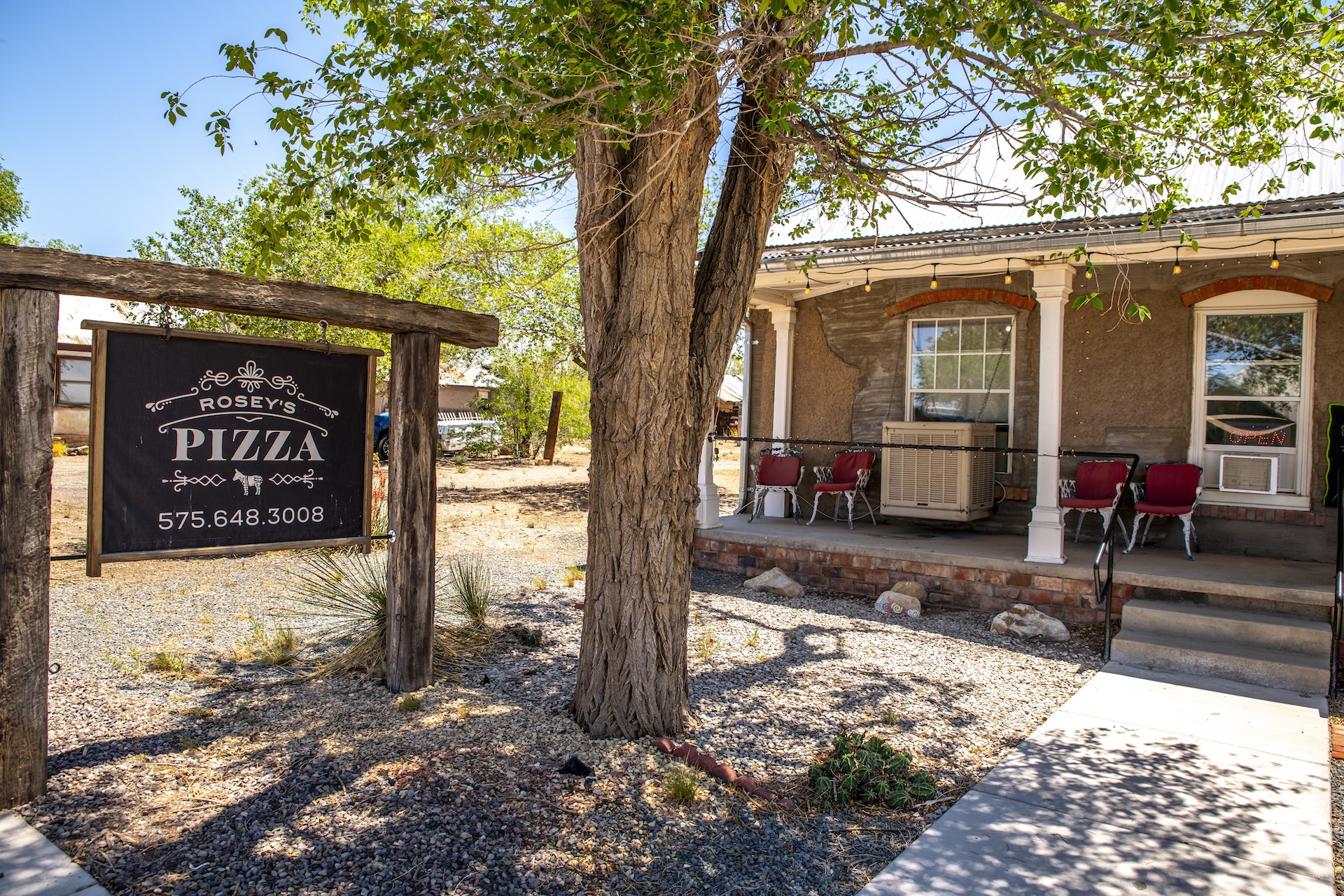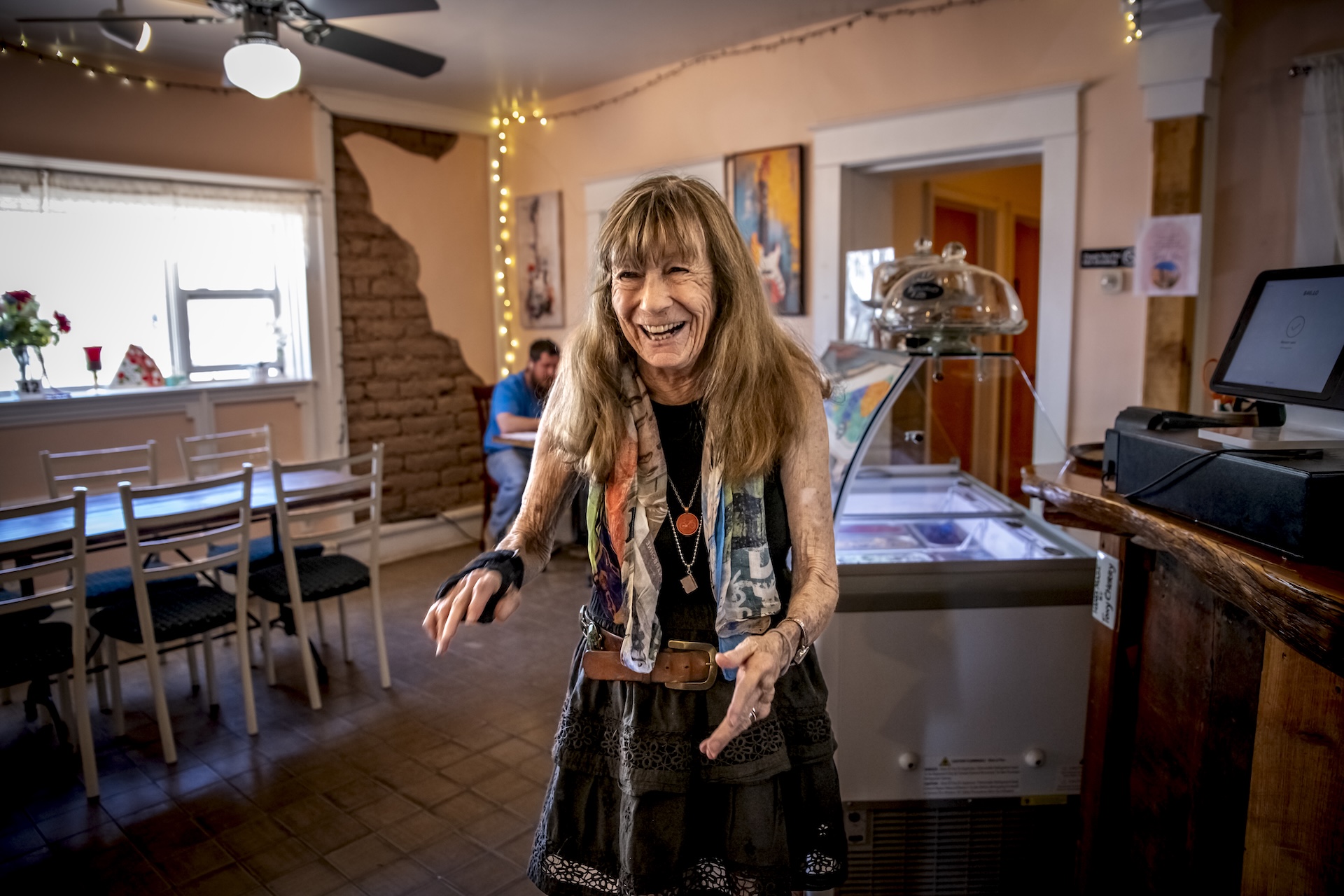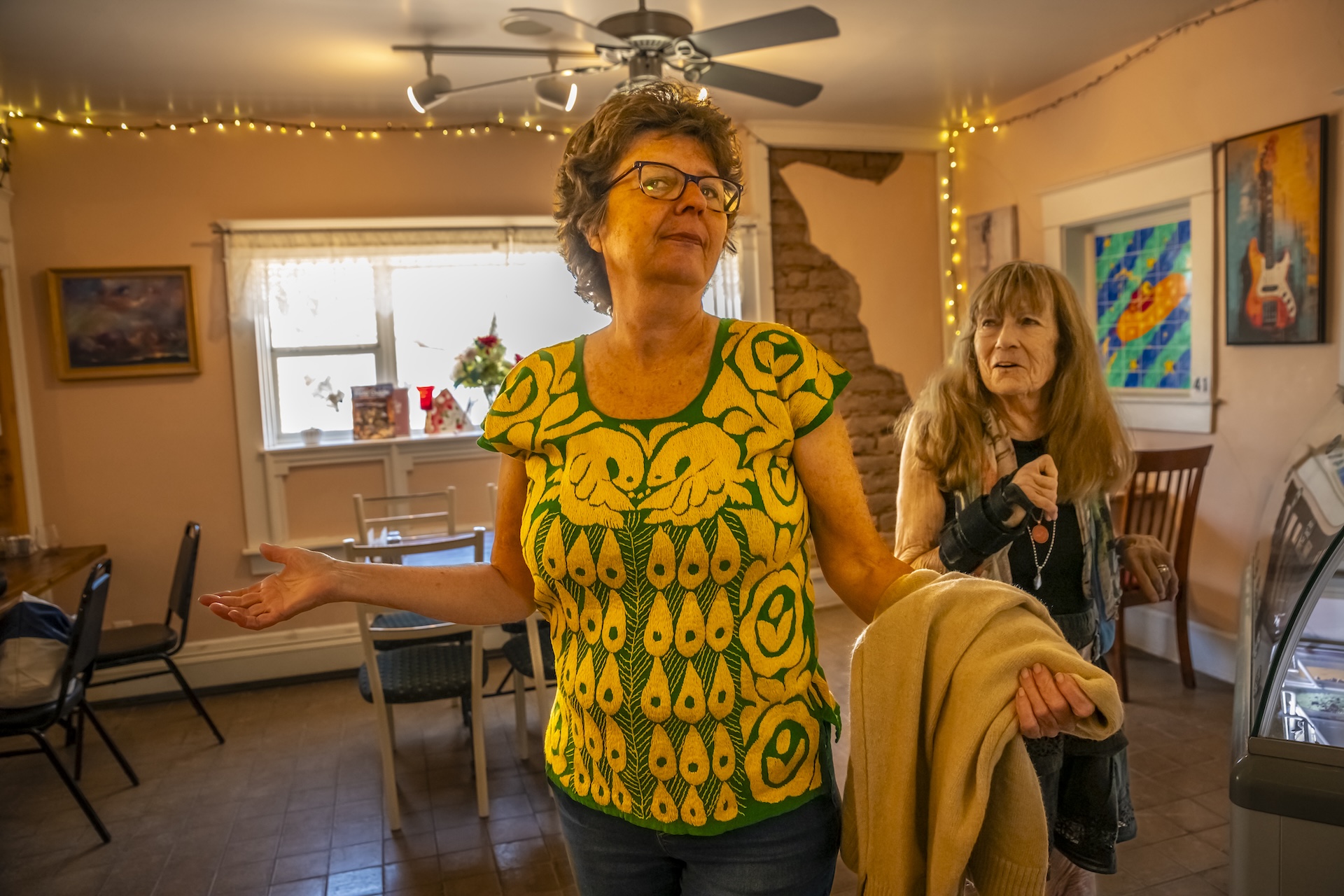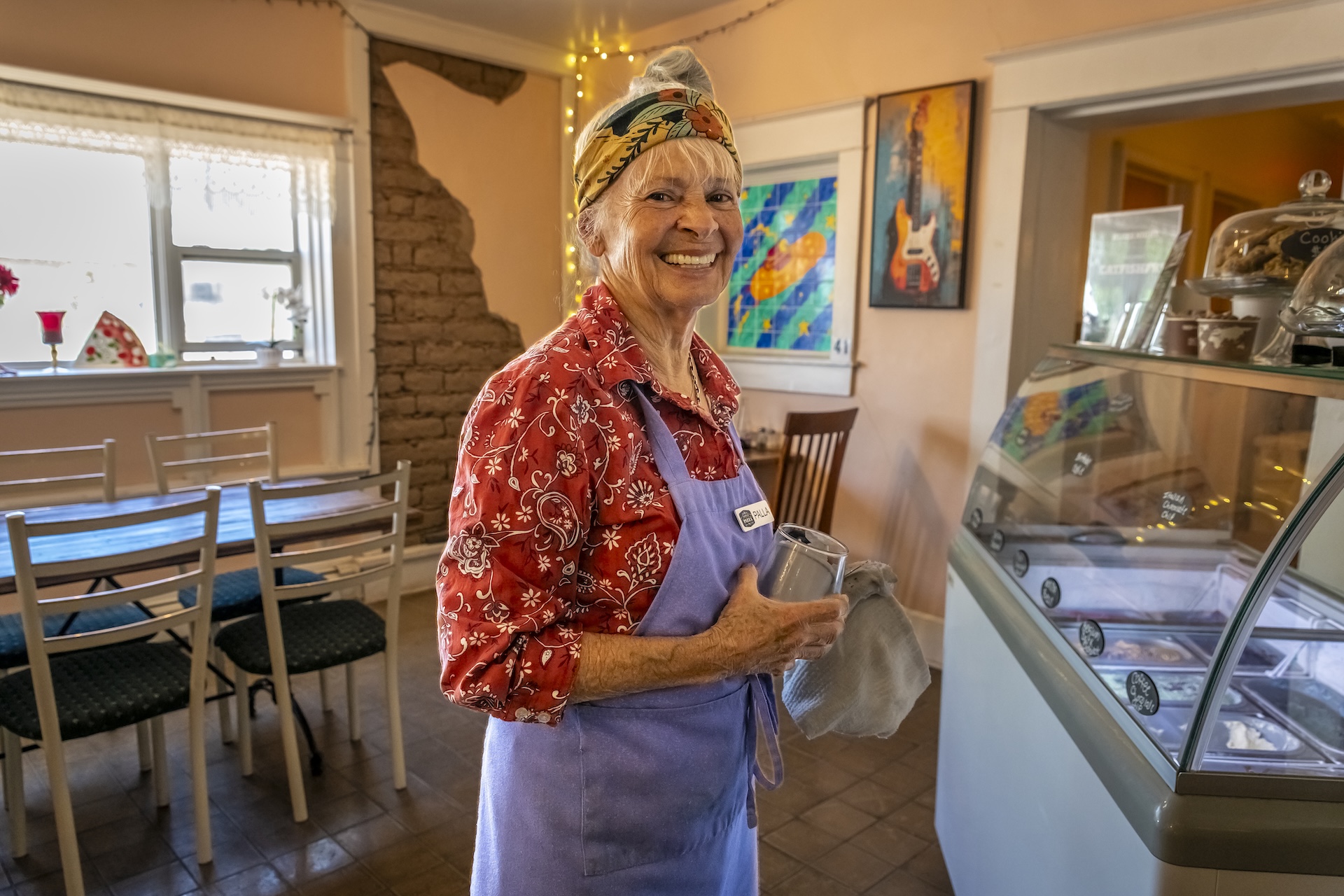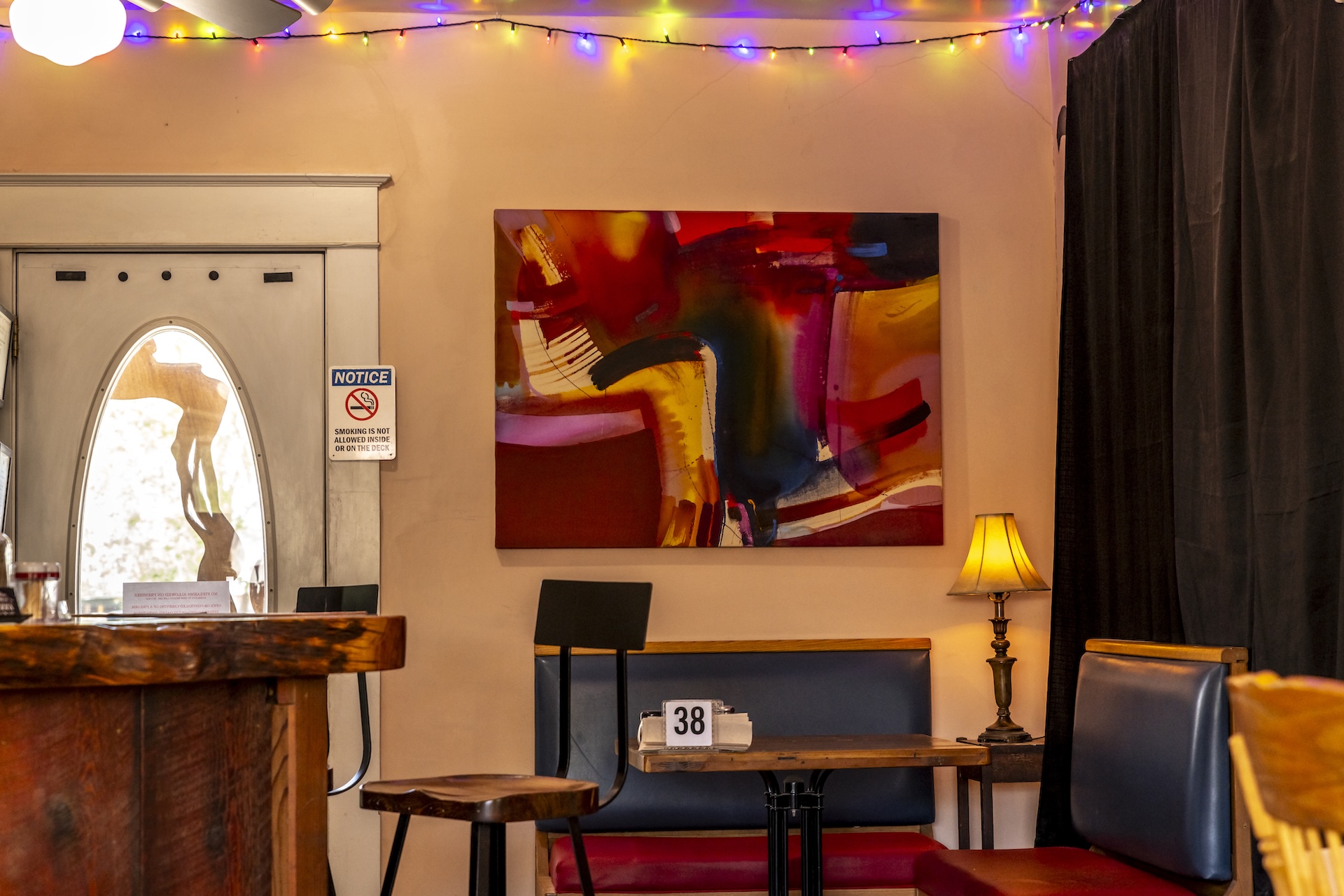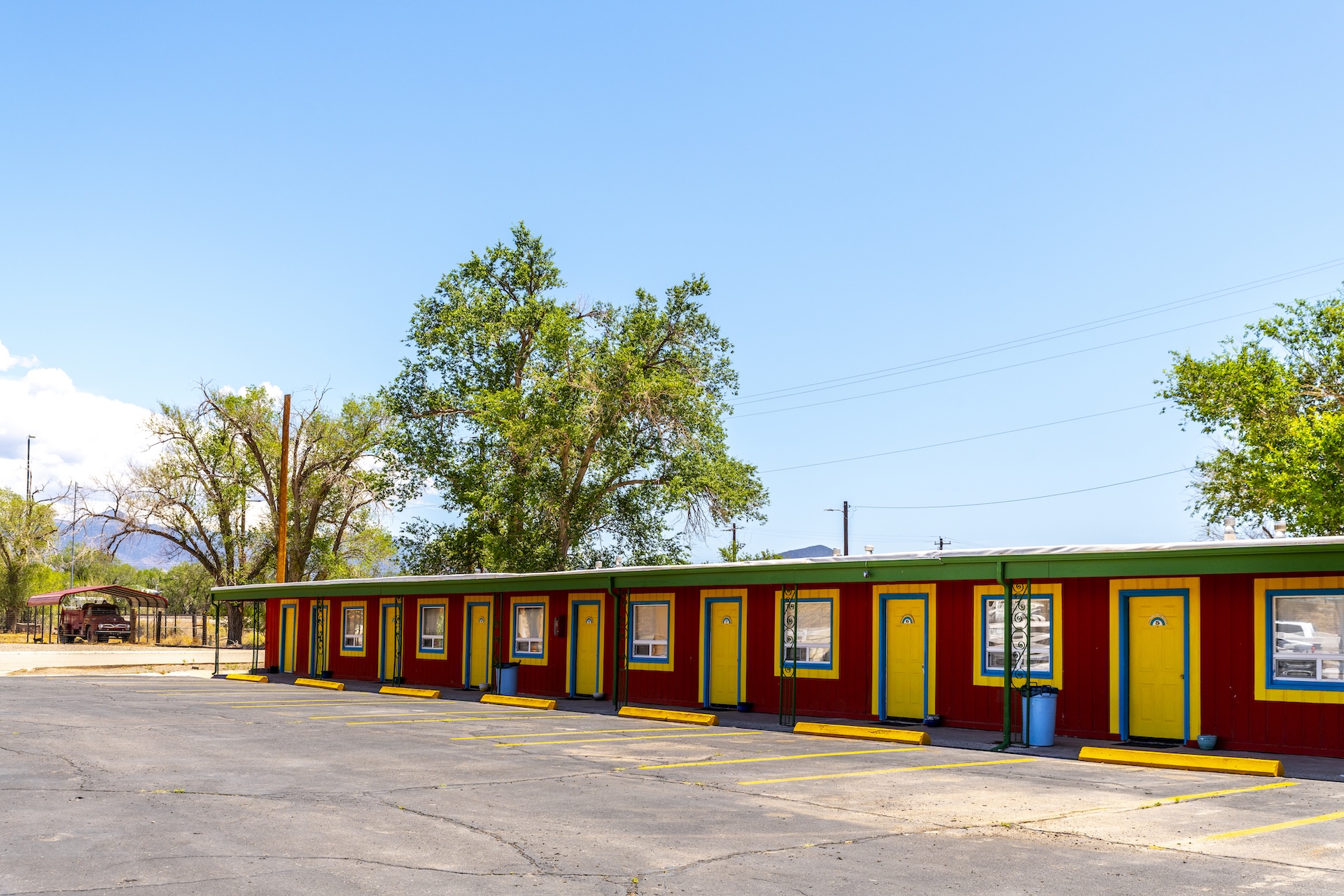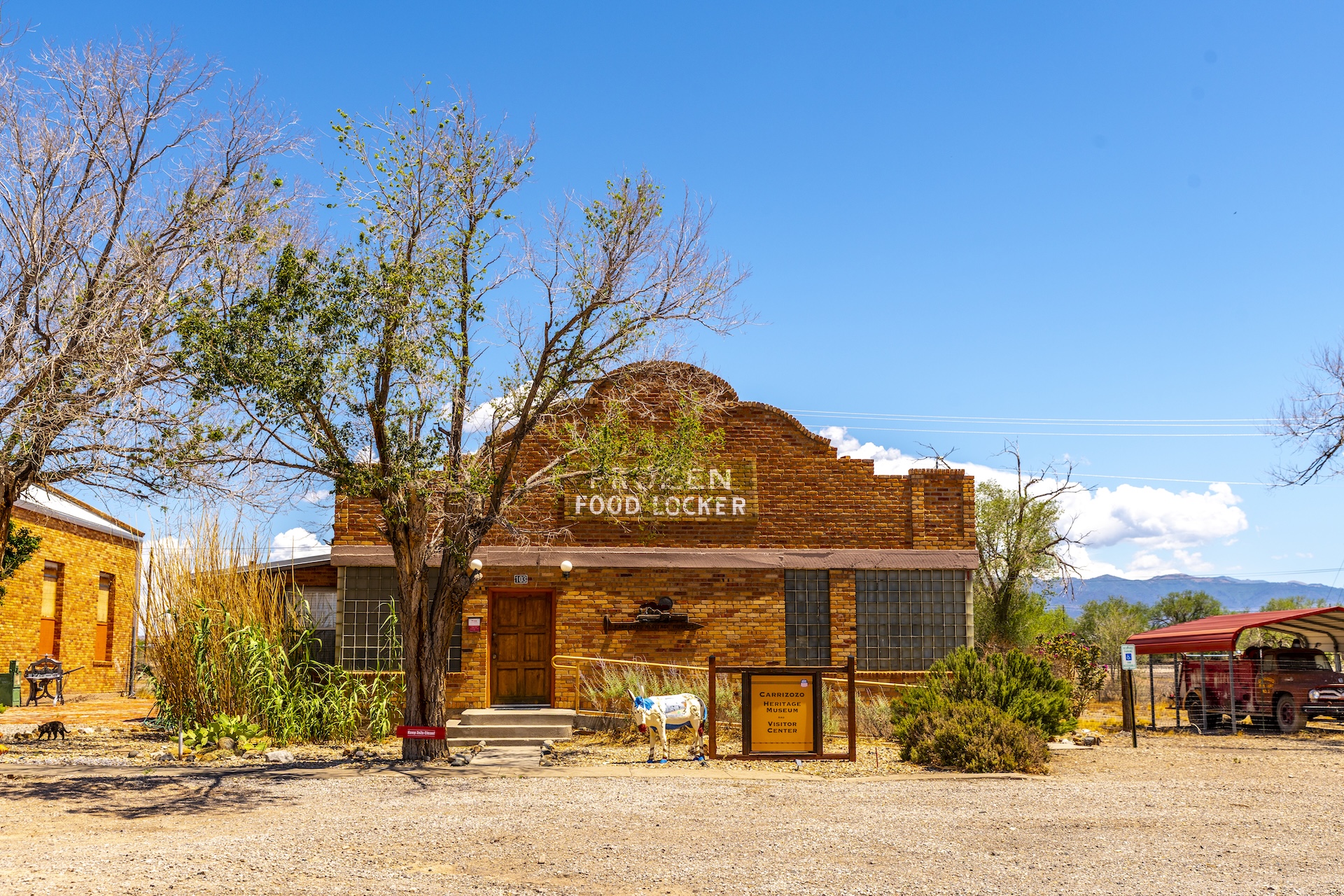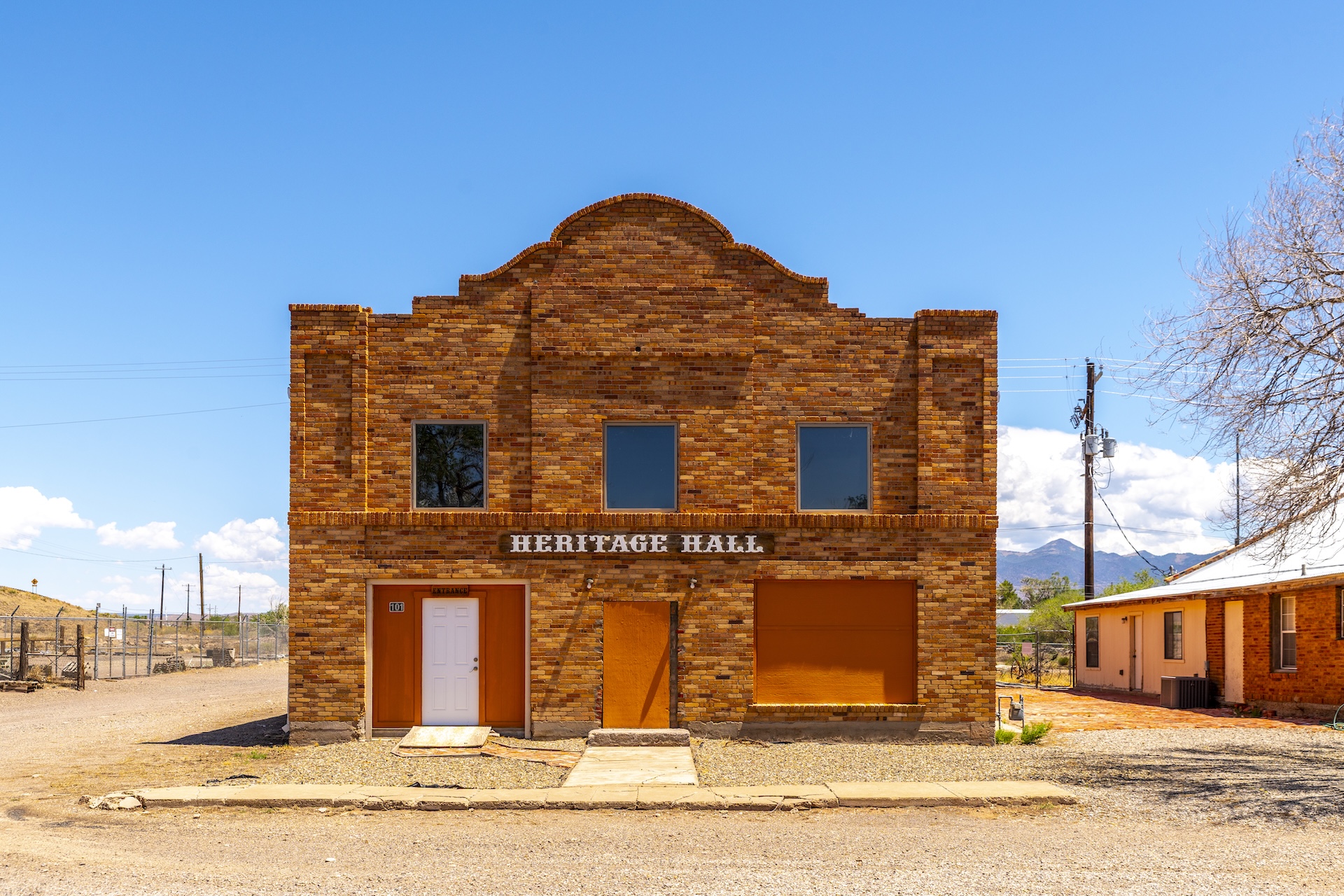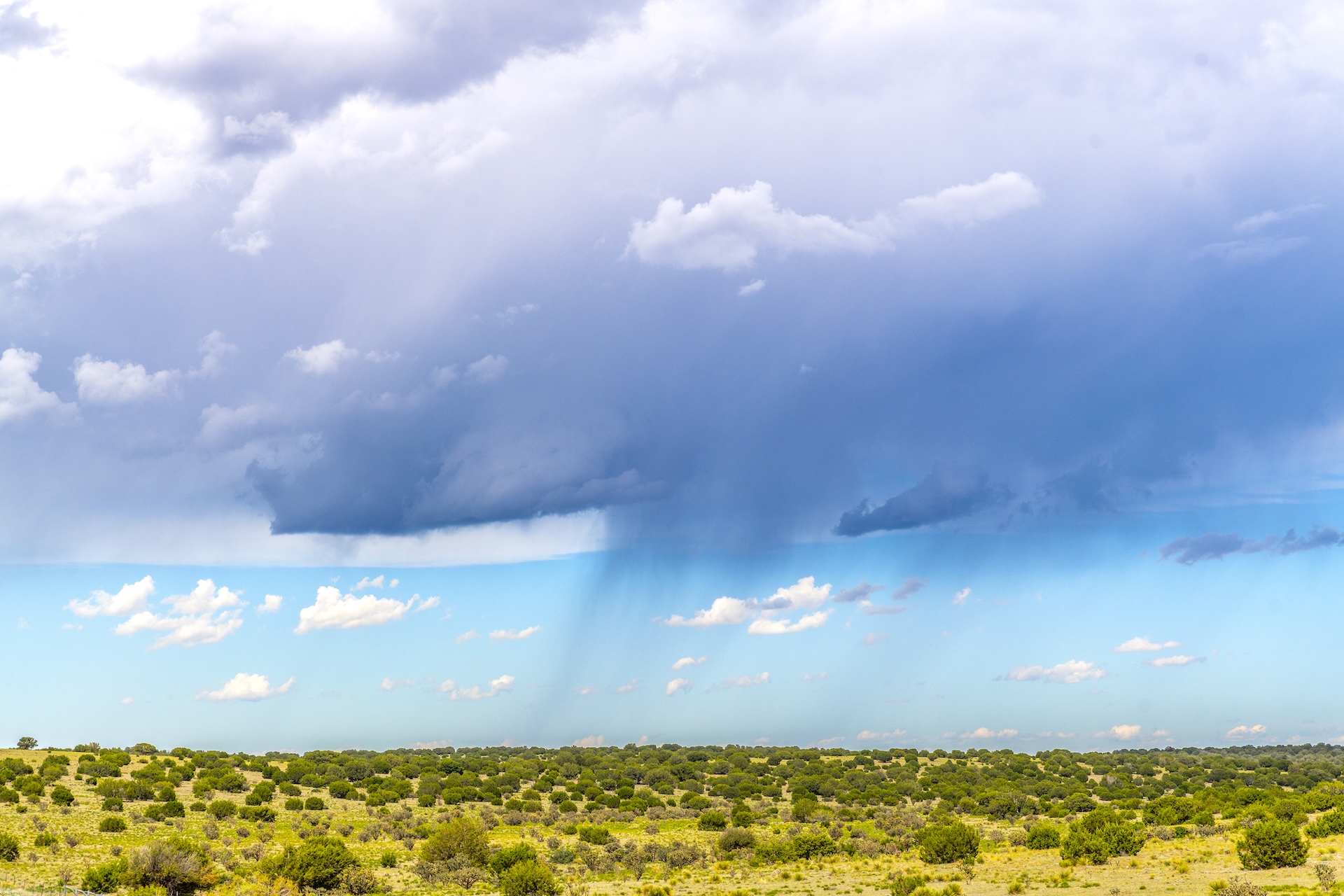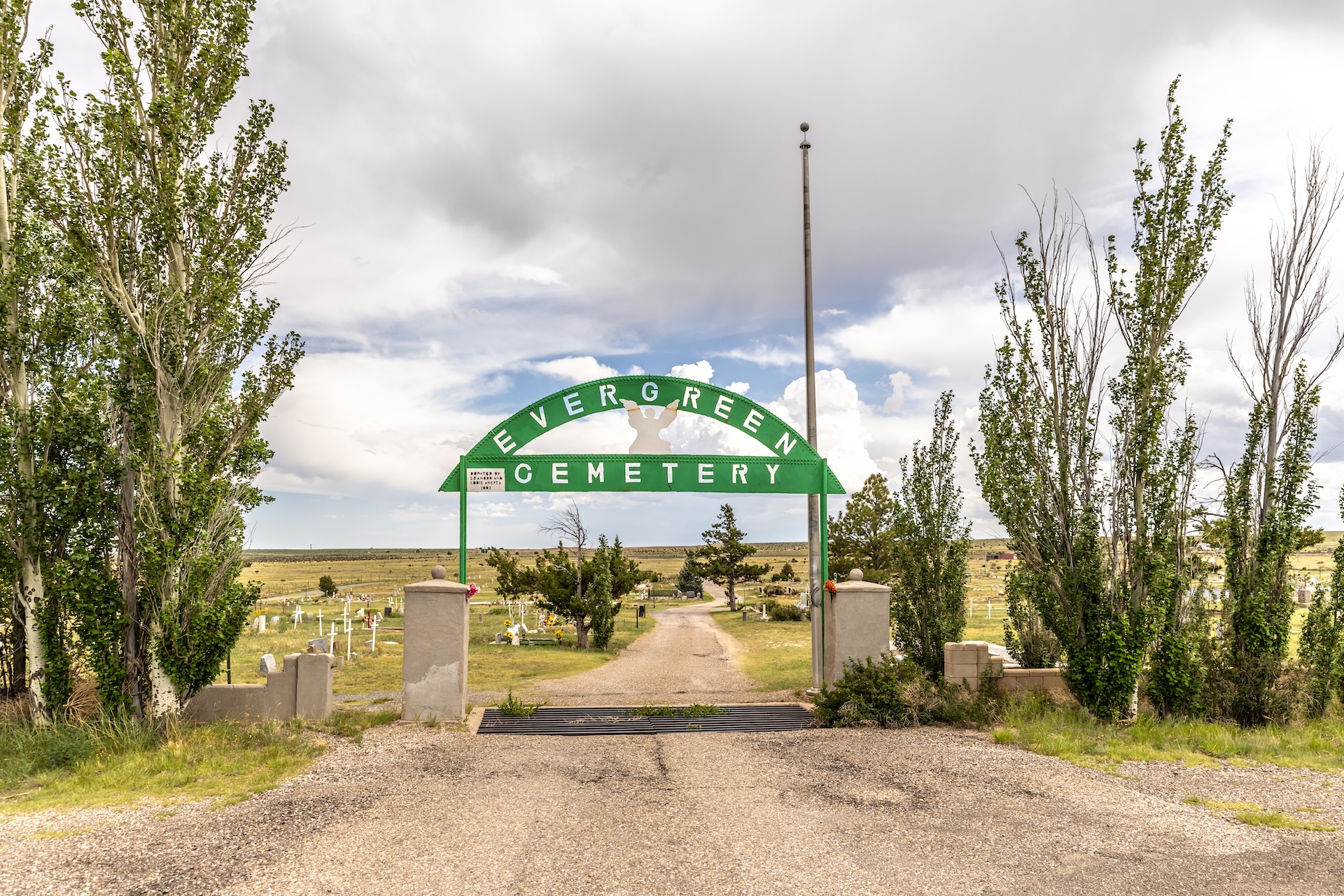Jean-Pierre Duvergé
« Carrizozo, NM, the town that wouldn't die. »
Biography:
My name is Jean-Pierre Duvergé.
I started taking photographs a long time ago, back in the days of film photography.
But I've been devoting myself to it completely for the past 10 years.
Since then, exhibitions and travels have continued in France and abroad. France: Phot'aubrac, Chemins de Photos, Photo Festival le off Saint Brieuc, Chabeuil Photographic Meetings, Donne z'arts (Carcannières), Vernon International Photography Exhibition, Focales de Bretagne sud, Dinard Empreinte exhibition, Iso photo Vendémian, Nuits Photographiques de Pierrevert le Off...
Abroad: Addis Foto Fest (Addis Ababa, Ethiopia), Eyes on Main Street (Wilson, NC), Loop on de mens (Pelt, Belgium), Kuala Lumpur Photography Festival, Tokyo International Foto Awards, Kokutan'Art (Congo Brazzaville), Pingyao Photography Festival (China), Jeonju International Photo Festival...My focus is primarily on humans and their living environments.
My photographic style is essentially documentary, characterized by wandering and the need to bear witness to the places I have traveled and the people I have encountered, even fleetingly.In 2021, I published a book about my discovery of Ethiopia: ETHIOPIA.
In 2022, I completed a photography residency in Wilson, North Carolina.
https://www.instagram.com/jpduverge/
https://www.facebook.com/jeanpierre.duverge1/
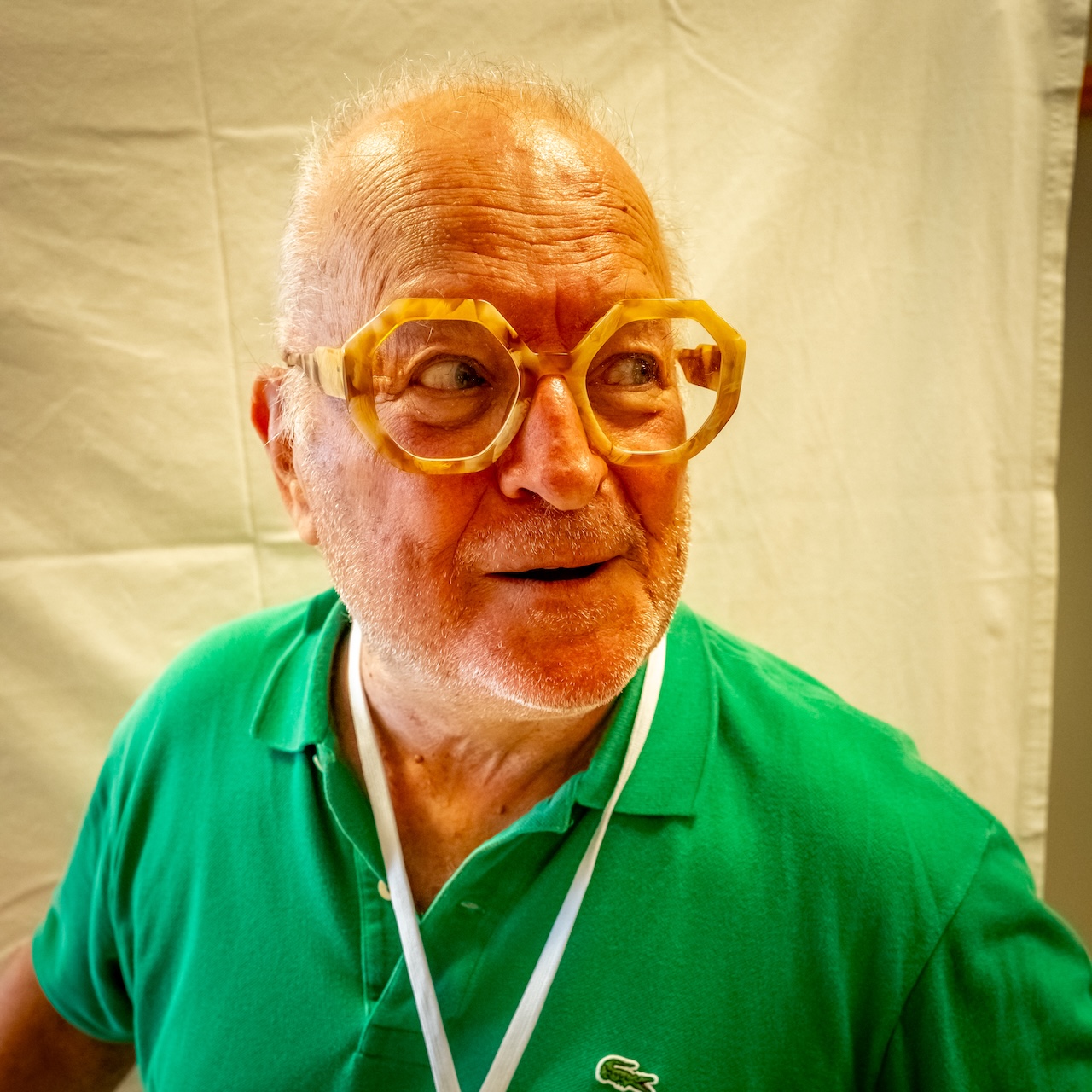
Carrizozo, NM, the town that wouldn't die.
Carrizozo, NM, the town that wouldn't die.Carrizozo, NM is a town in New Mexico located at the intersection of US 54 and 380 in the middle of the New Mexico desert in Lincoln County.
Its name comes from the Spanish word carrizo, meaning reed, which grew abundantly in the region and served as fodder for livestock.
It experienced significant growth with the arrival of the train and mining after its establishment in 1899.
With the advent of the automobile, train use declined, and the population steadily declined, reaching 900 residents or much less.
The town is located 35 miles from Trinity Site, the site of the first U.S. nuclear test. The legend of Billy the Kid still looms large in the county where he was shot dead by Sheriff Pat Garret on July 14, 1880.
And yet...When we drive through Carrizozo, we feel like we're entering a theater set. On Main Street, the shops are closed, but the facades are repainted and well-maintained.
There's life, but we don't see it.We do run into the sheriff, but there's no one else on the streets, until... A woman spots us and suggests we follow her.She takes us to the women's house: an authentic adobe house (earth and dried straw) where the Carrizozo Women's Club collects old clothes to sell.
On the way, we pass a large Masonic temple, a testament to an active community life.She introduces us to Mrs. Susan Brumfield Farris, who owns several art galleries in the neighboring state of Texas.
She tells us that Carrizozo participates in the Artists in Residence program and hosts several artists, studios, and galleries, initiated by an artist couple living in Carrizozo: Paula Wilson and Mike Lagg, whom we meet on our way out.Like the donkeys that dig wells in the desert to survive, Carrizozo fosters creativity to sustain a town destined for abandonment, like dozens of others in the American West, but which refuses to die thanks to the will of the artists who live there.It is through art in all its forms that Carrizozo has decided to live.

